I recently went to France for the first time. You know the drill–here are the birds!
Paris Birds
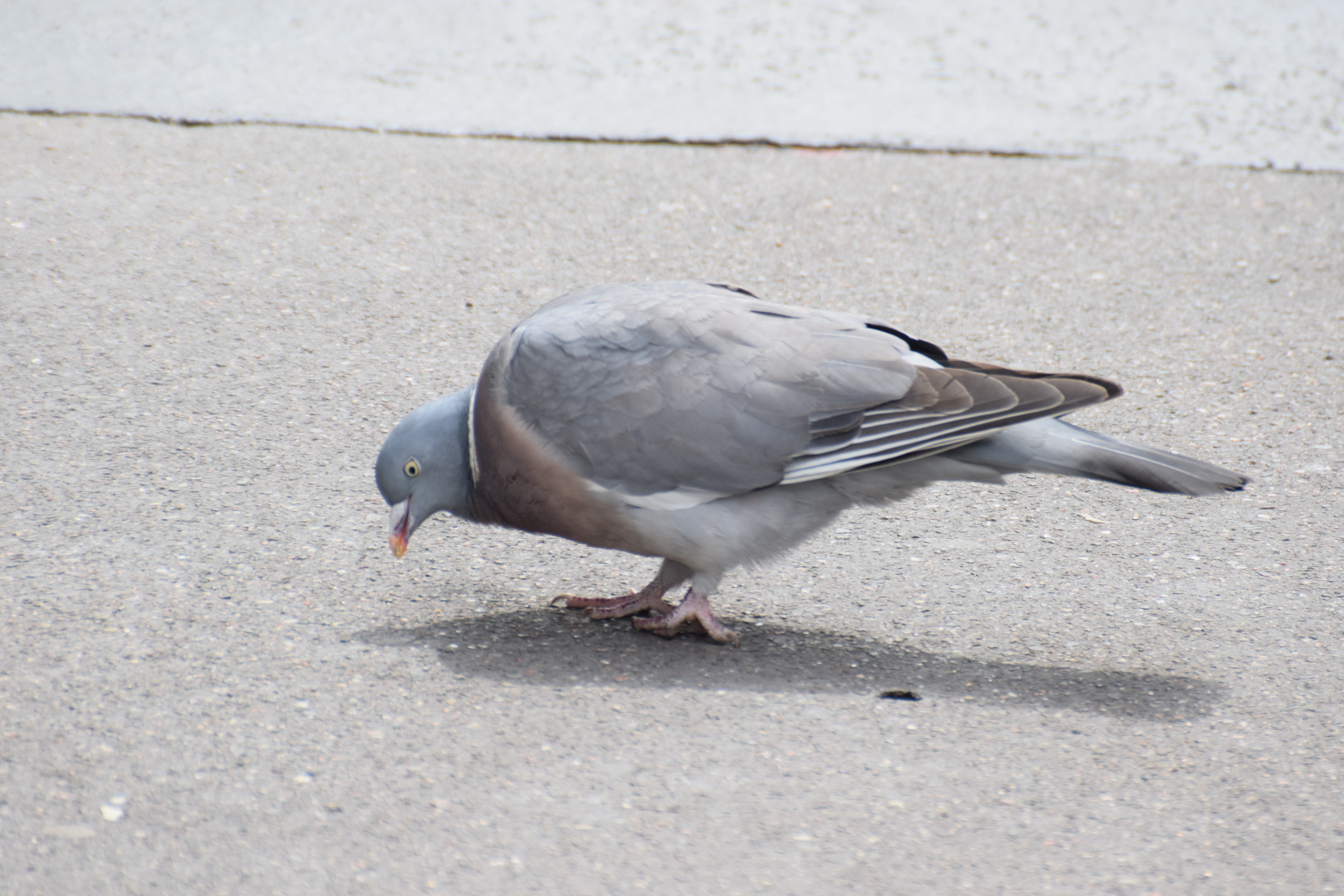
In most places, the Rock Dove is by far the most numerous pigeon. But in France, these gigantic Common Wood-Pigeons were everywhere. About twice as big as a regular pigeon and with neat white collar markings, they made very loud cooing sounds from the bushes in all the parks we visited.
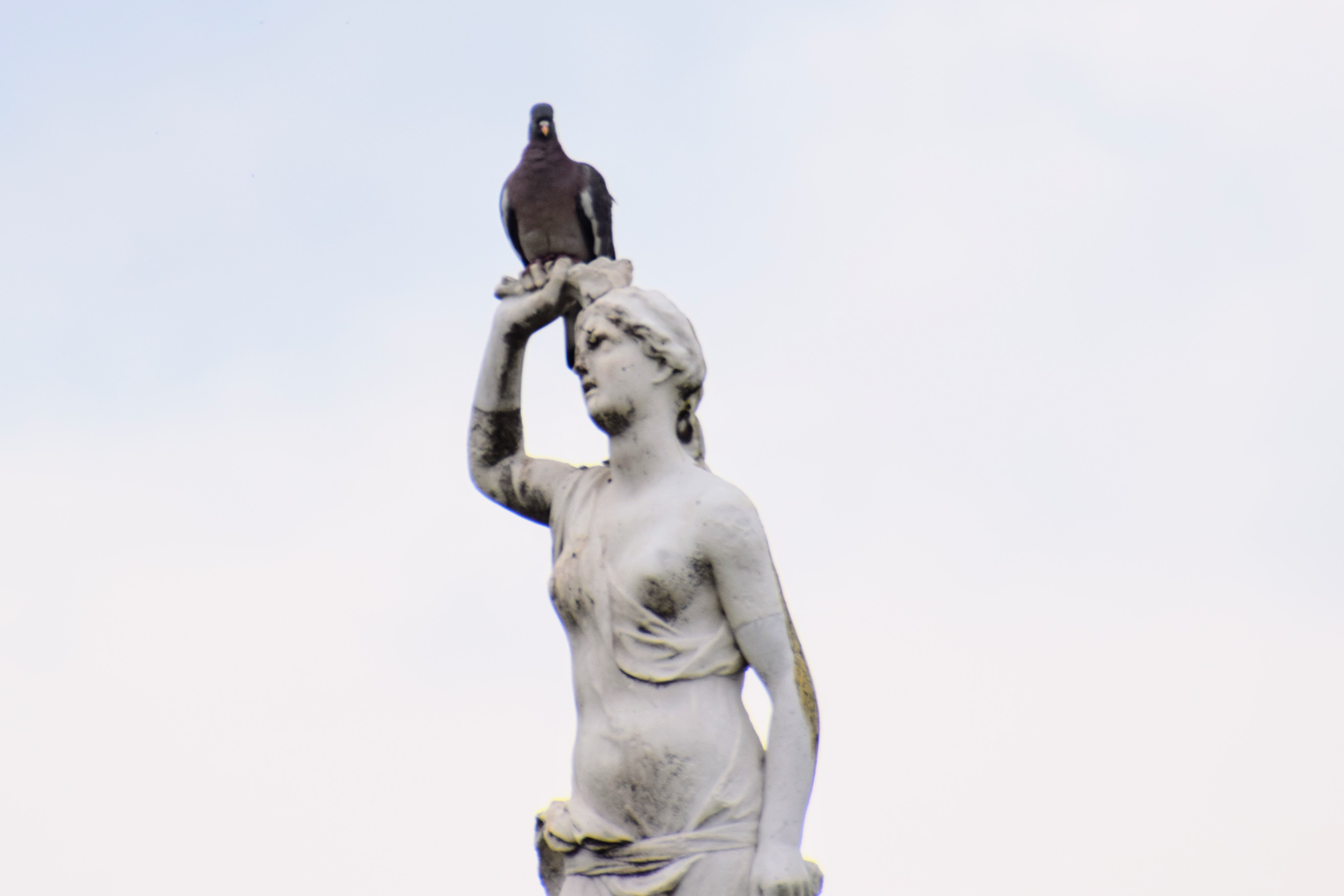
They also liked to perch on top of statues. There were lots of opportunities to do so!
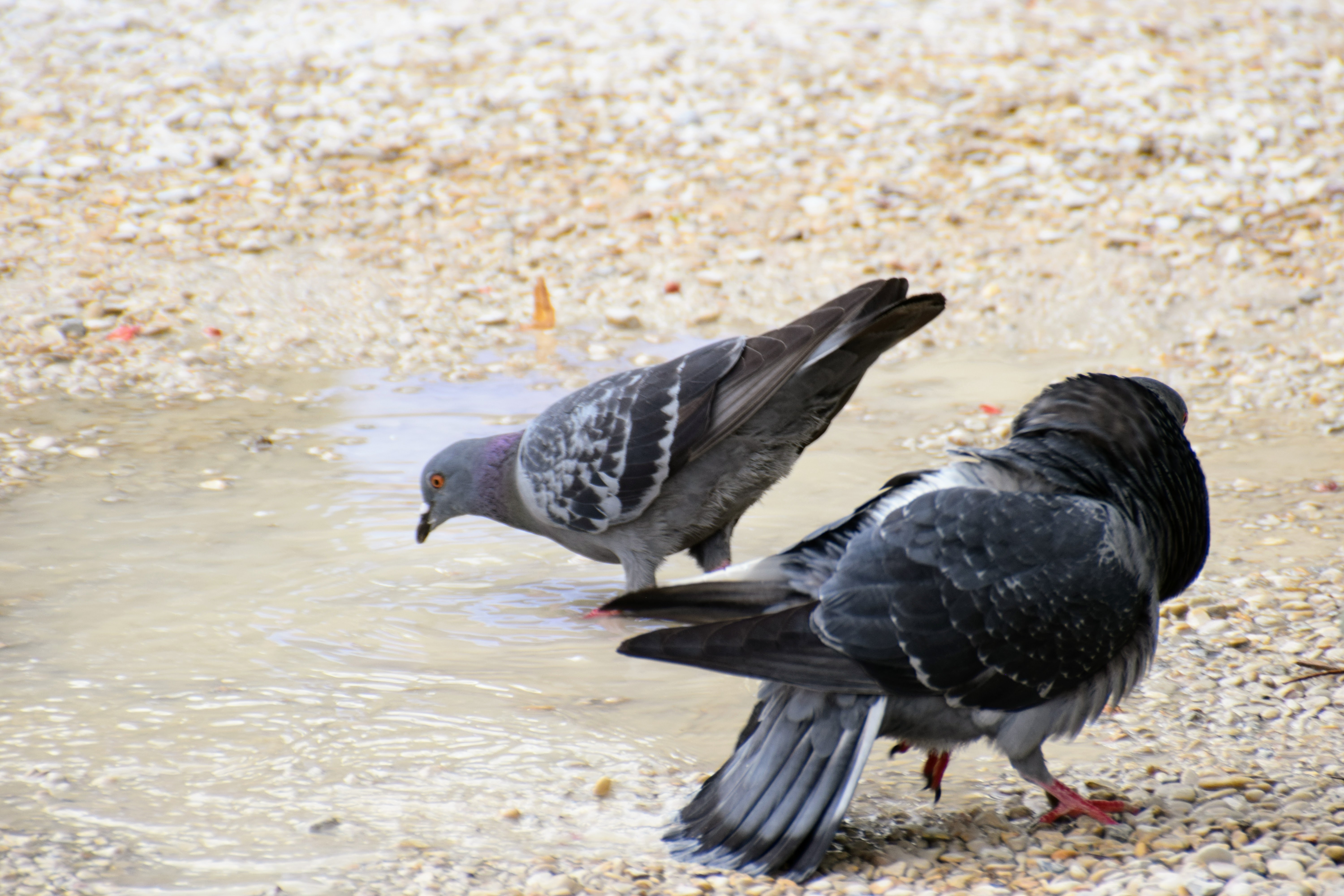
They did have Rock Doves too, though. This one was doing an even fancier version of the standard pigeon mating dance, adding a move where it would slap the ground with its tail. As usual, it was unsuccessful.

This European Starling was actually where it was supposed to be! They’re invasive in the United States, introduced intentionally by some Shakespeare fanatic in the 1800s. There’s something wrong with one wing on this one.

Starlings exhibit a lot of sexual dimorphism, with the males having galaxy patterning and the females just being brown.

This Short-toed Treecreeper had a very loud, distinctive call. I identified it by sound using the Merlin app, which allowed me to know what I was looking for and where to look to get this photo.
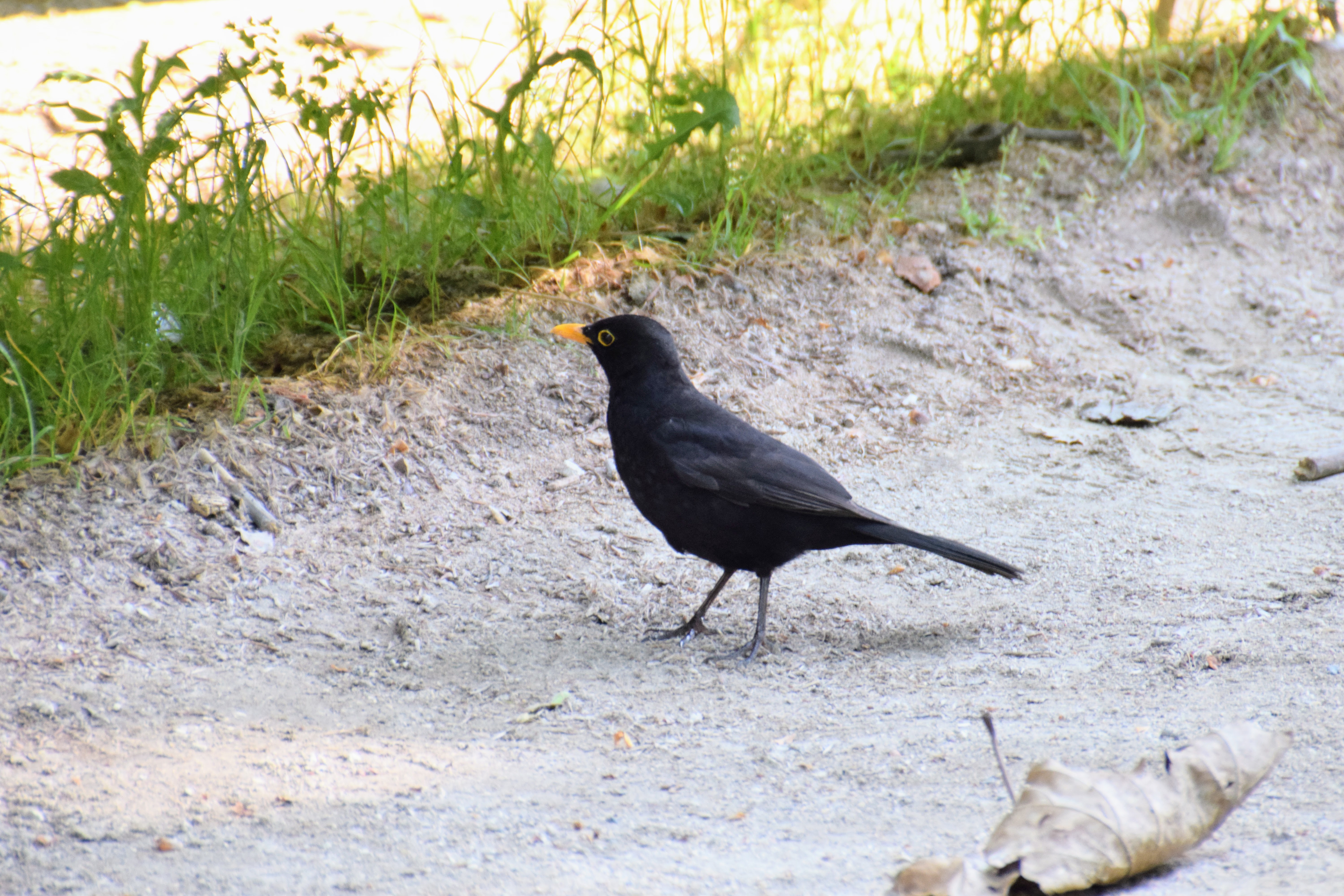
Another bird with a distinctive song was the Eurasian Blackbird. You might have heard its song on the Beatles track “Blackbird”. It’s very melodic.

Like starlings, blackbirds exhibit significant sexual dimorphism. But to me, the females are sometimes prettier! They’re just not black.

In America, we have American Crows, but in Europe, they have Carrion Crows. They look almost the same though.

This one is actually eating carrion!

Like in Hawaii, there is a feral population of Rose-ringed Parakeets (Indian Ringnecks, or IRNs) in Paris.
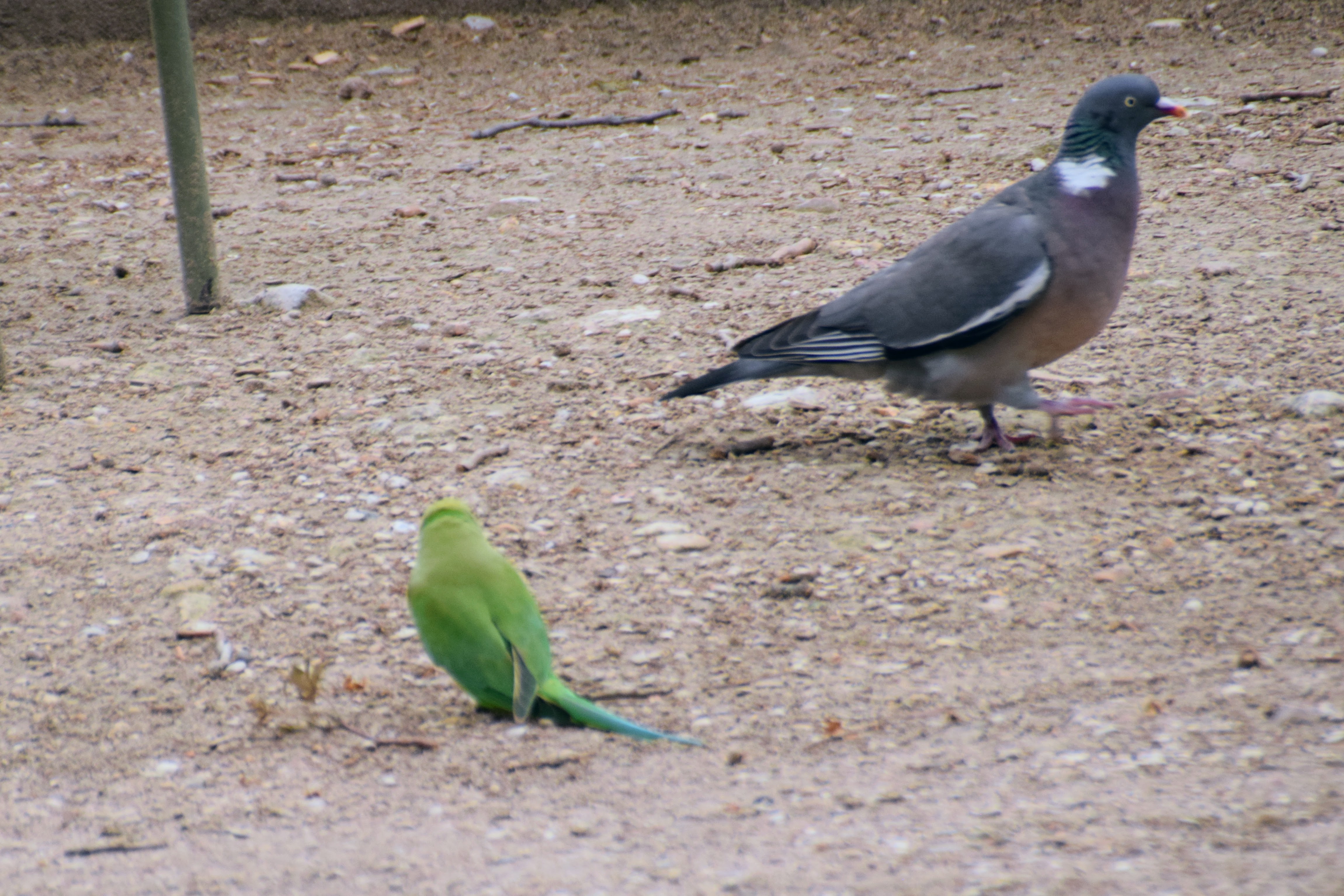
They’re much smaller than the ubiquitous Common Wood-Pigeon, but much more aggressive. This one was scaring off the pigeons to get access to grain a human was distributing.
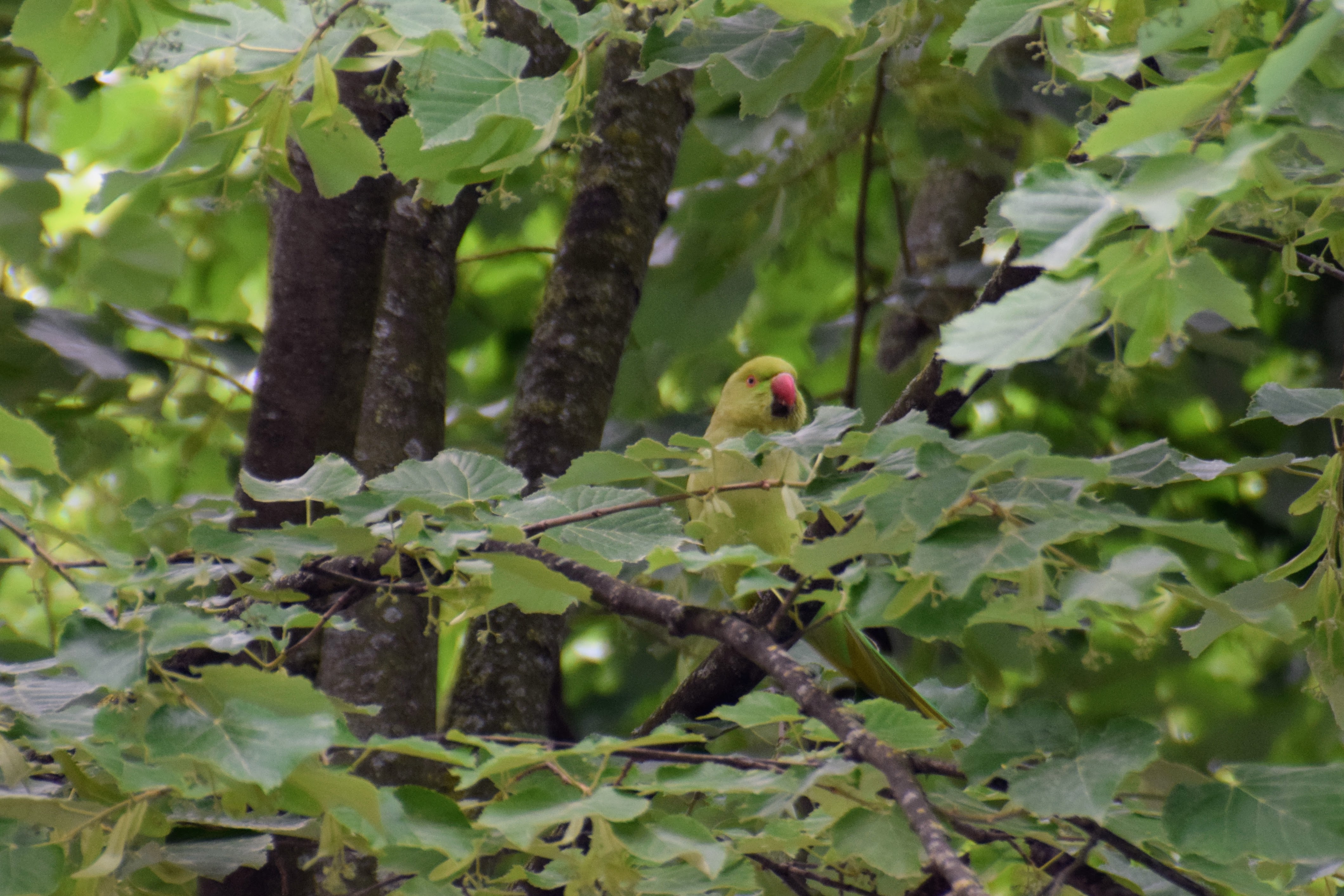
Parrots are so much louder than temperate birds. They evolved to be heard through the cacophony of a jungle, so in a Parisian park they’re just unnecessarily strident.
Annecy Birds
For the second half of our trip, we took the train to Annecy, a town in the Alps bordering Switzerland. There was a mountain lake that was impressively scenic and hosted some different birds than we saw in Paris.

These Eurasian Coots were very similar to American Coots, which I’ve seen before. But given the crystal-clear lake waters, we could see them diving to the bottom to grab food!
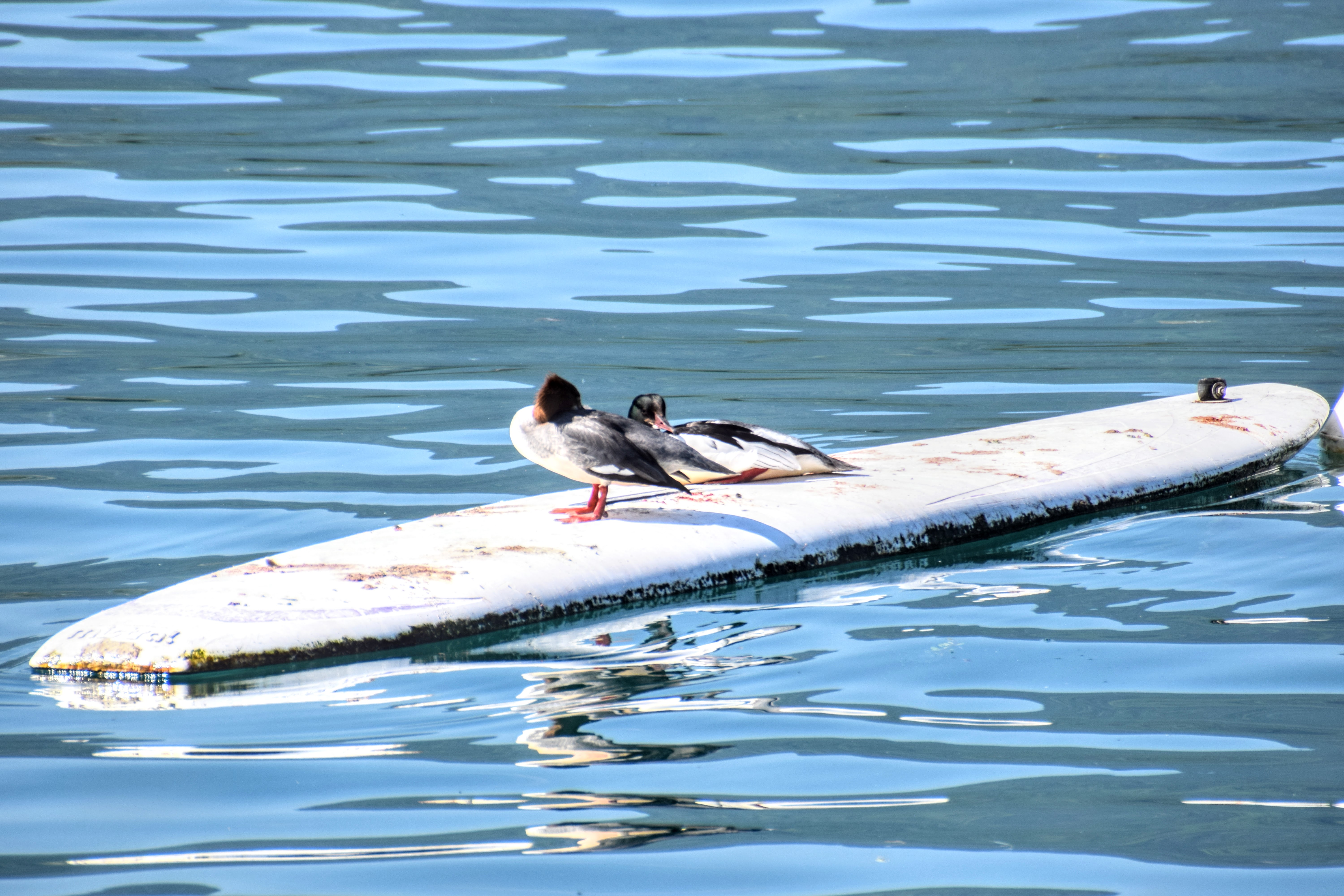
This is a male and female Common Merganser on a surfboard. The males have shiny black heads while the females have shaggy red heads. Another case where I think the female looks cooler.
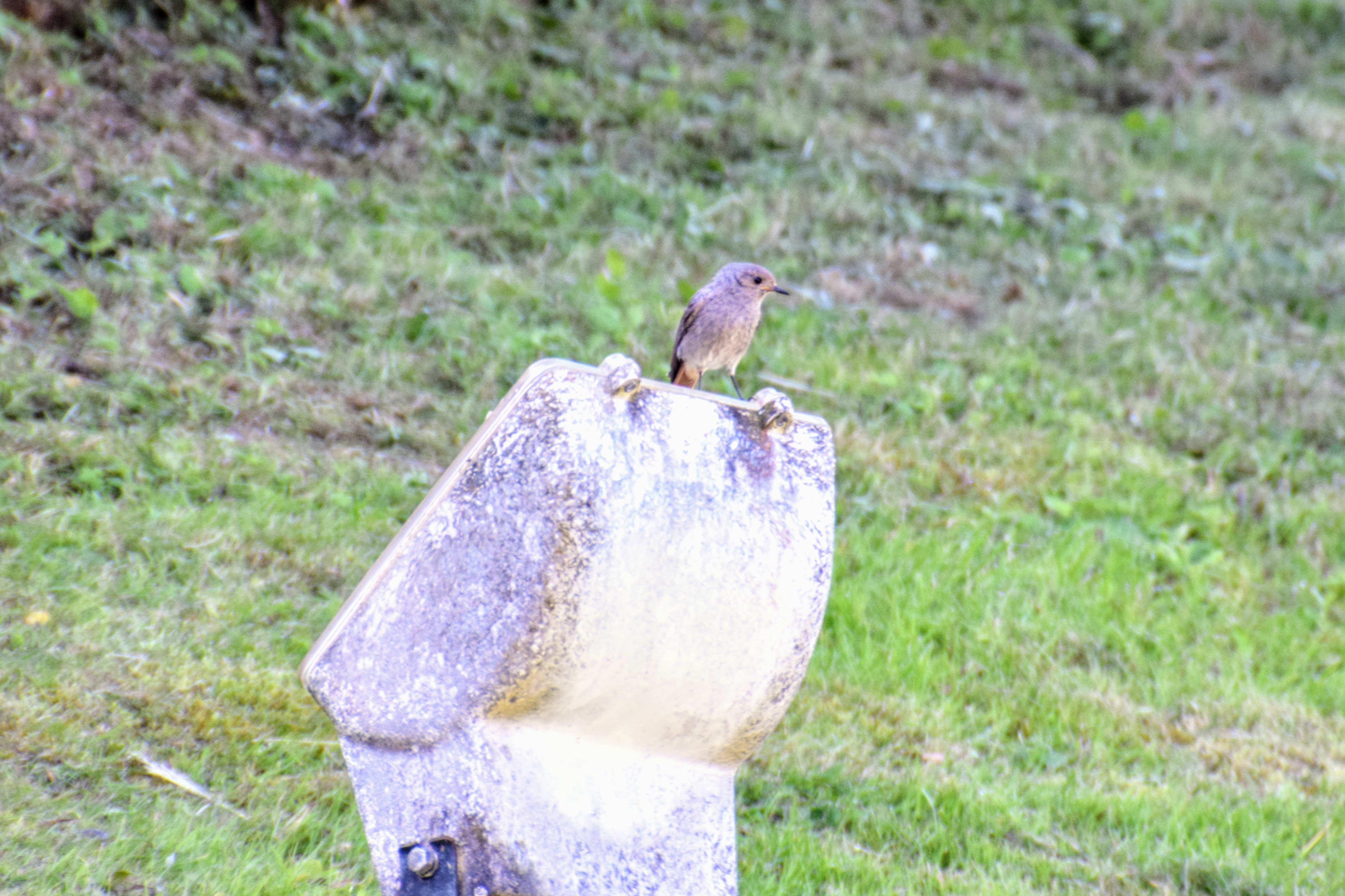
This is a Black Redstart. Seems like an oxymoron, but it did have a little red on the tail.
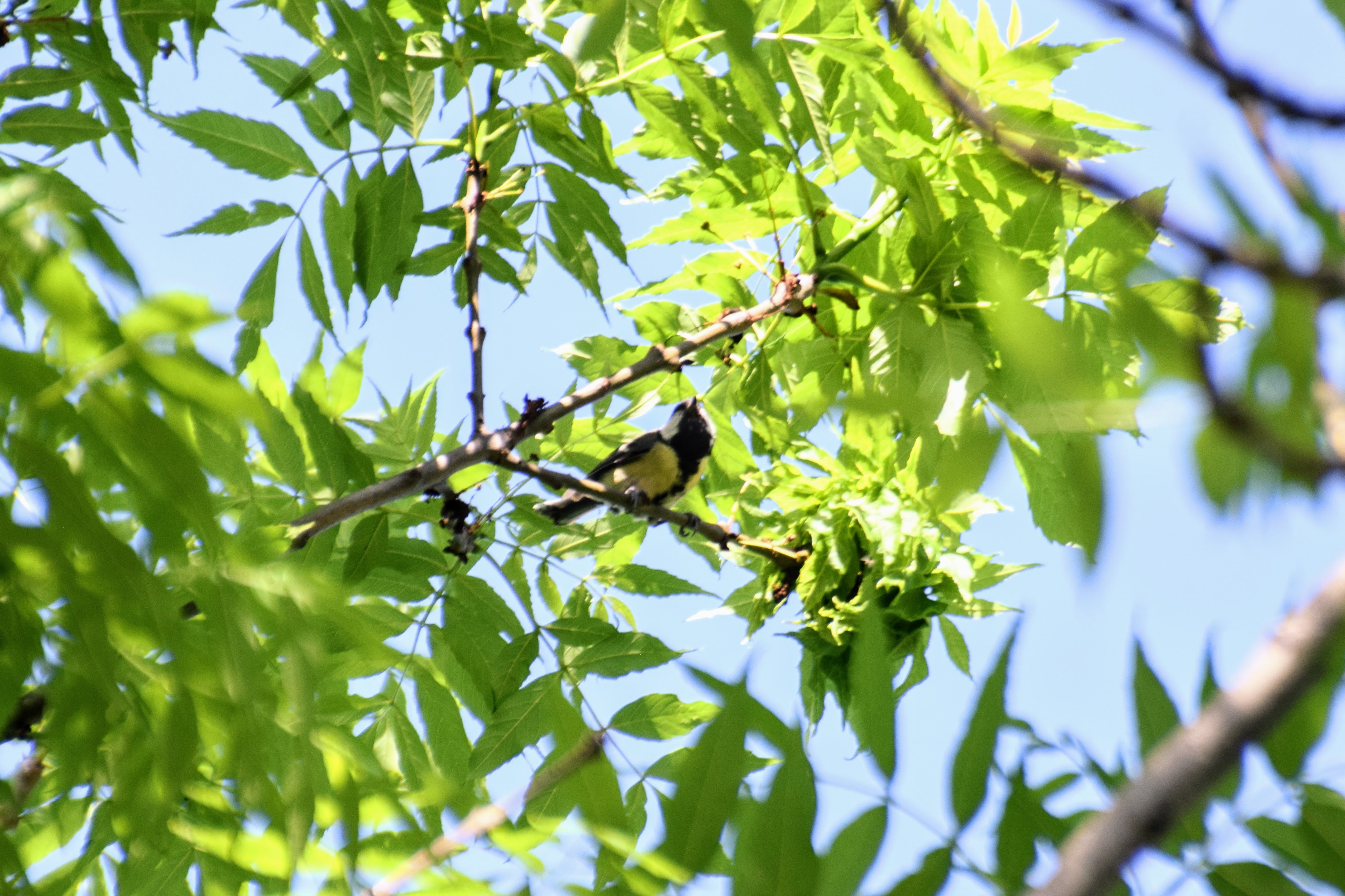
This is a Great Tit. Their calls and behavior were quite similar to those of the American Bushtit, but the Great Tit is much bigger, hence the name. These are the birds that famously learned memetically how to open the foil tops of milk bottles, back when milk delivery was a thing, and skim off the layer of fat on the top.

This Common Chaffinch was singing its heart out. That was the only way I could tell what it was, since it wouldn’t come out of these bushes!
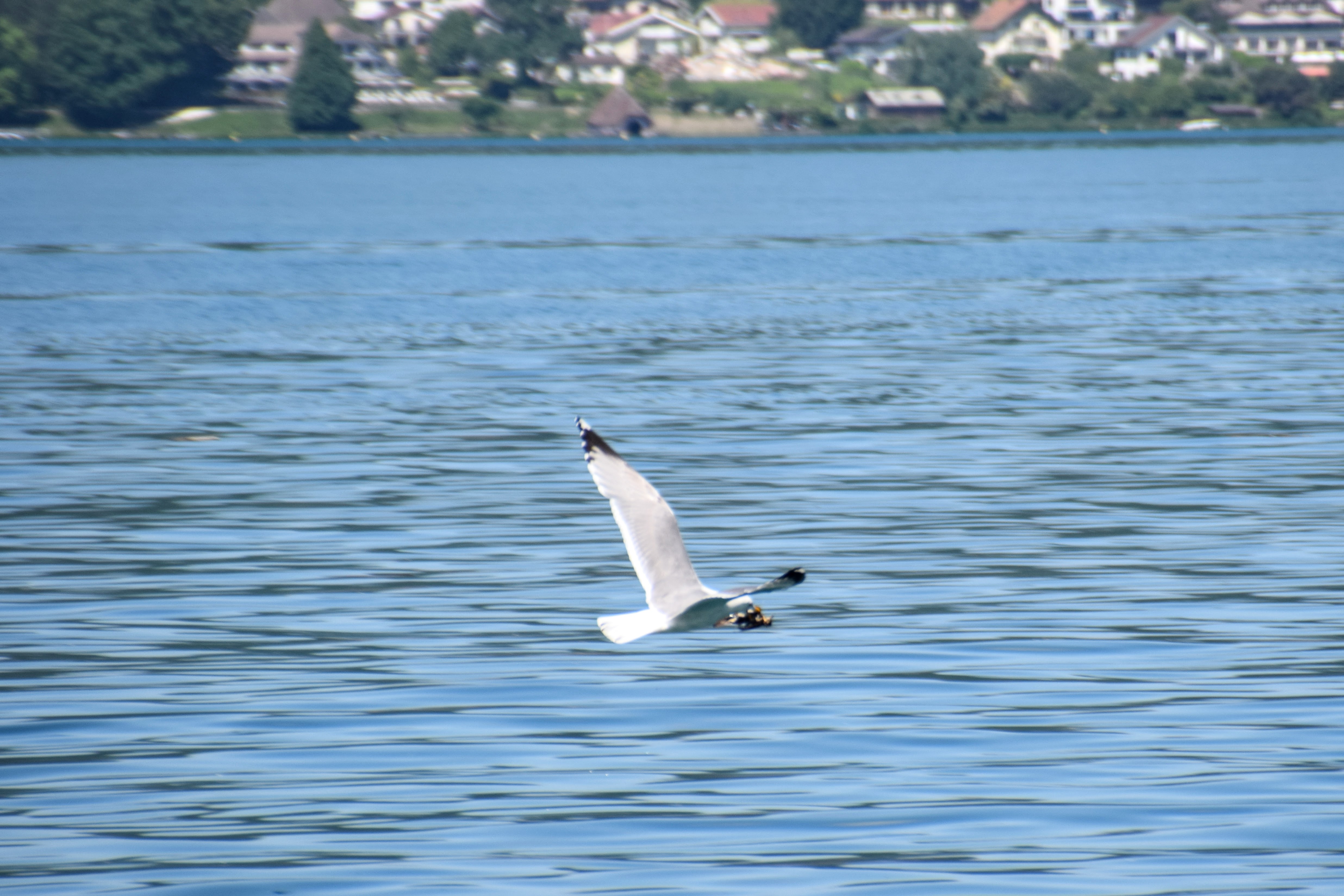
This Yellow-legged Gull was carrying off…something. I later saw one nab an abandoned duckling! Brutal!

This is a White Wagtail, a bird that doesn’t look water-worthy but nevertheless was often flying very close to the surface of the water. It did wag its tail a lot.
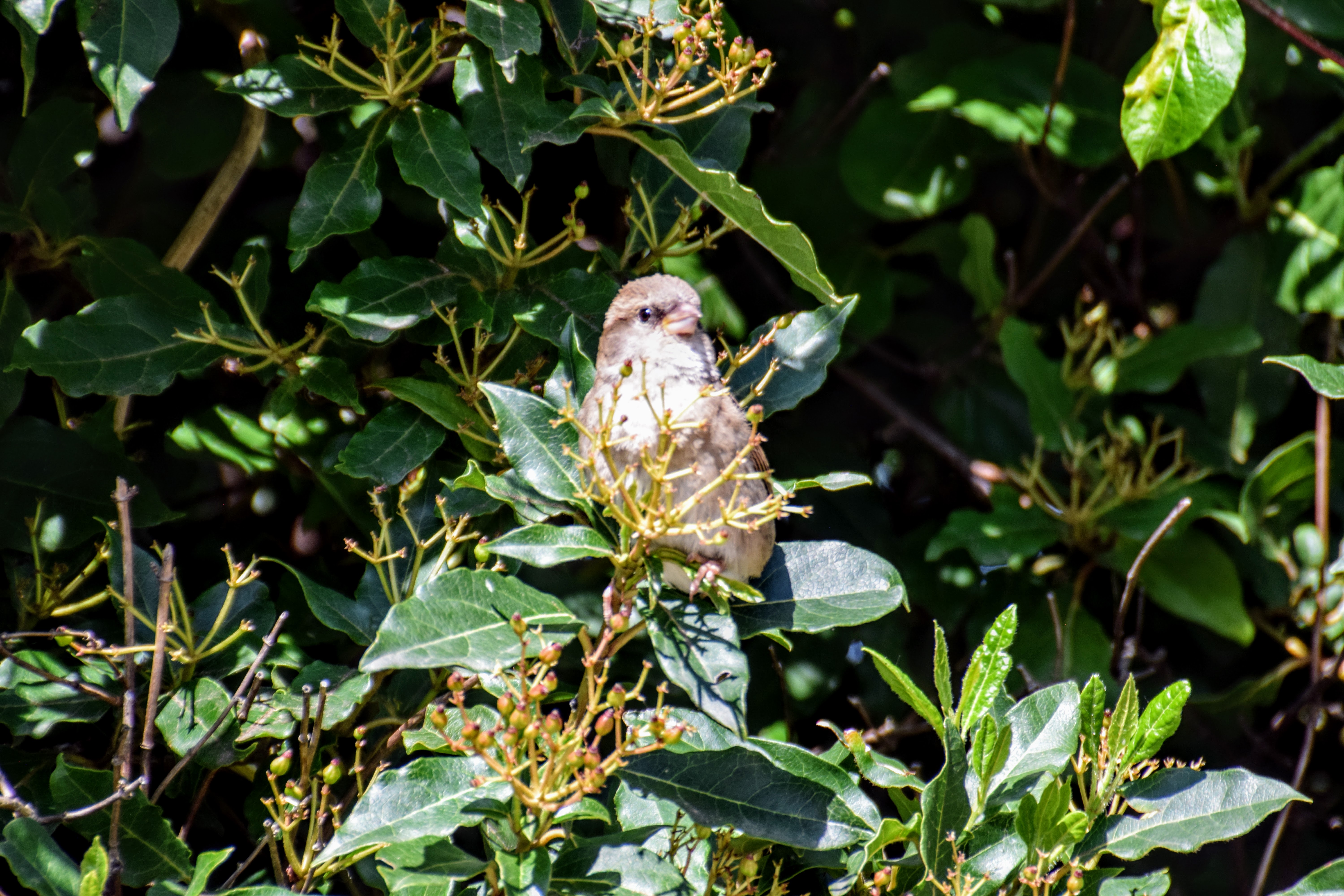
Like everywhere in the world, there were plenty of House Sparrows in France. This female posed very nicely for me.

This is just a male Mallard, but his bluish head and wind-ruffled feathers looked cool enough to merit a picture.
Canada Birds
I also went to Canada twice last year and never made a post for the birds I saw there! Canada is kind of French…right?
Mountain Birds
These were ones I saw on a trip to Banff. Most of them were spotted on the hike up to the Lake Agnes Teahouse from Lake Louise.
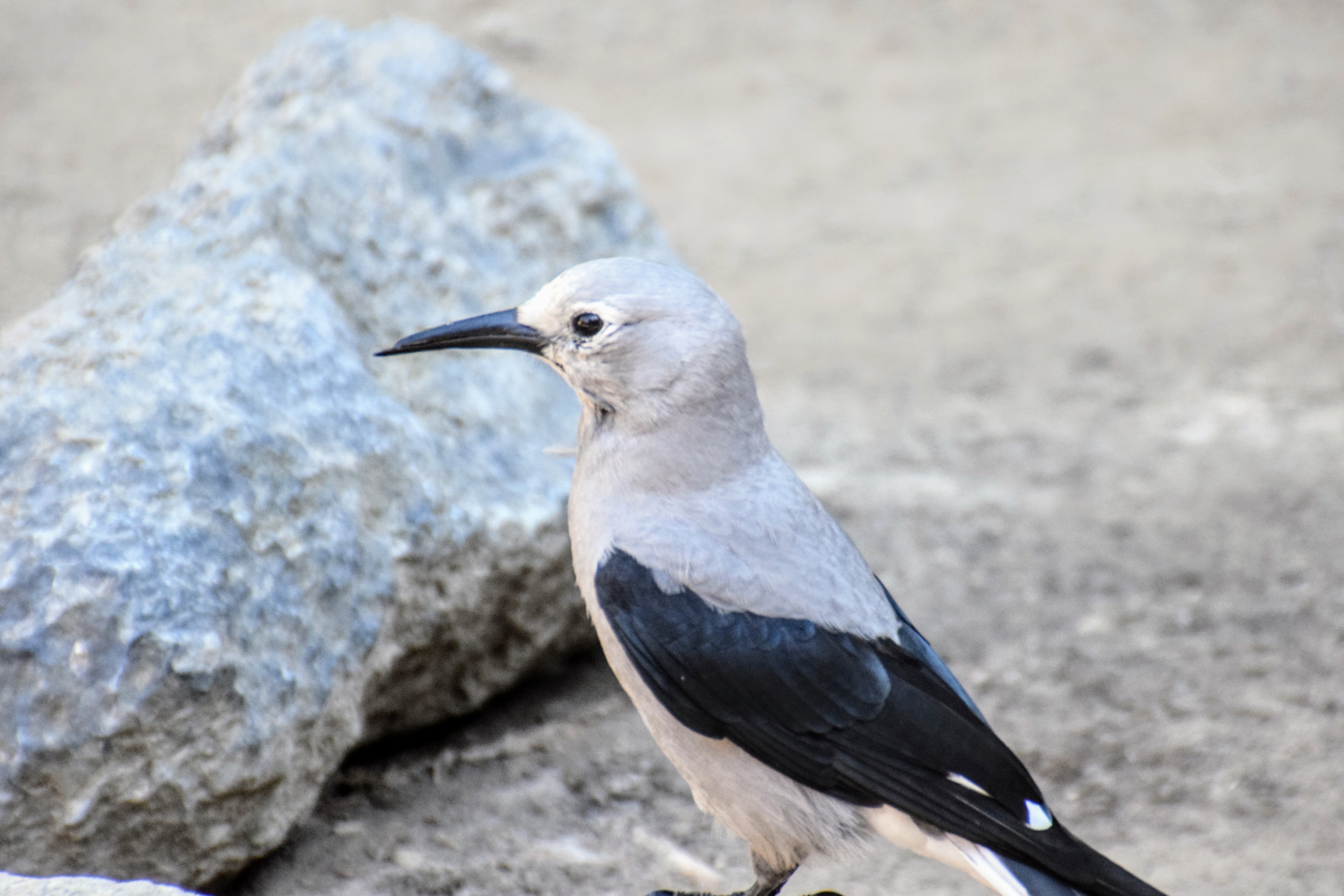
This is a Clark’s Nutcracker, a relative of crows with a long beak for picking seeds out of pine cones. I’m not sure if this one has something wrong with his beak, since the lower mandible is longer than the upper. Maybe the tip of the upper broke off?
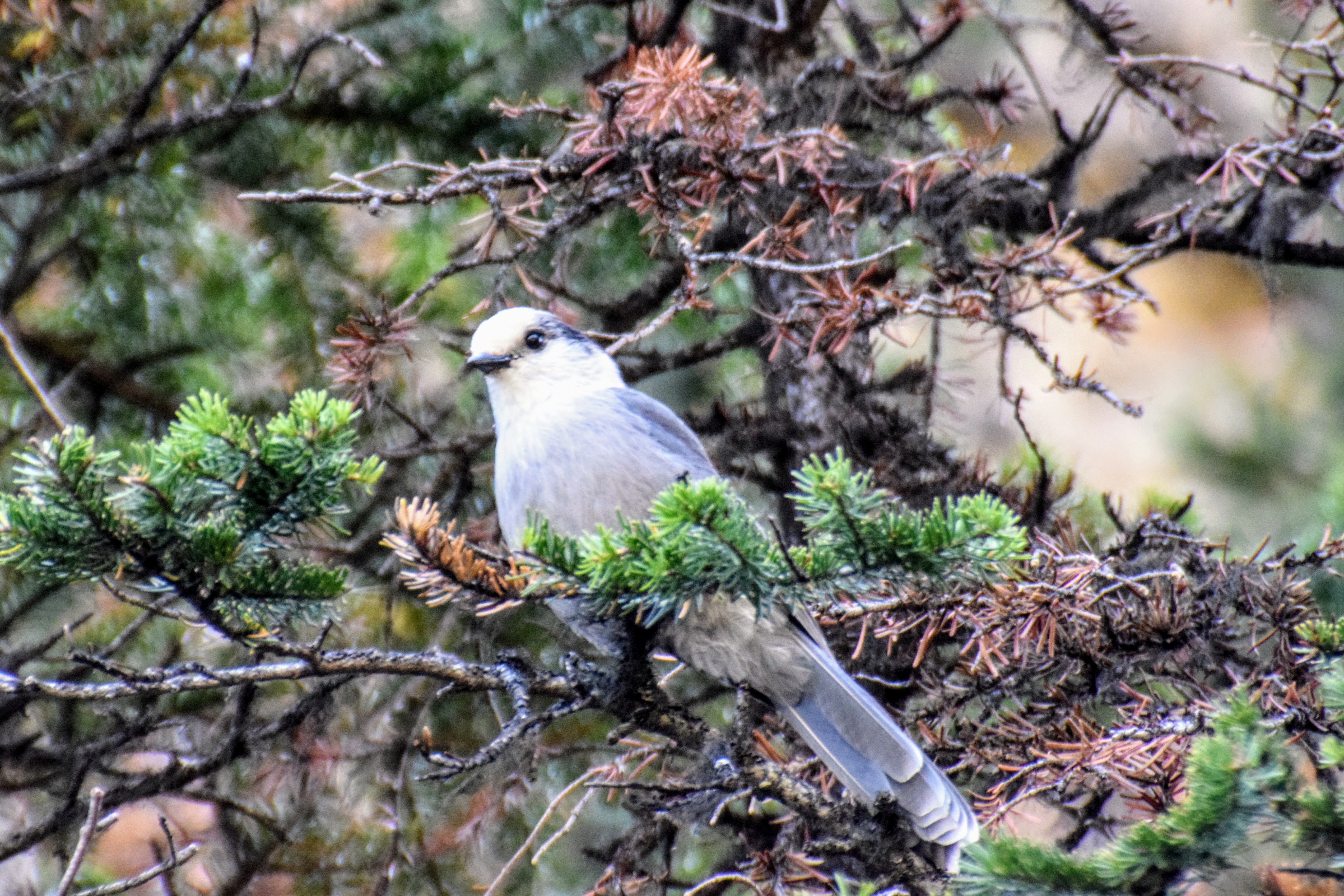
Another crow relative, this is the Canada Jay, also known as camp robber or whisky jack. Its overall patterning and size are similar to Clark’s Nutcracker but the beak is much smaller and the head patterning is mottled.

This one found a cheese puff!
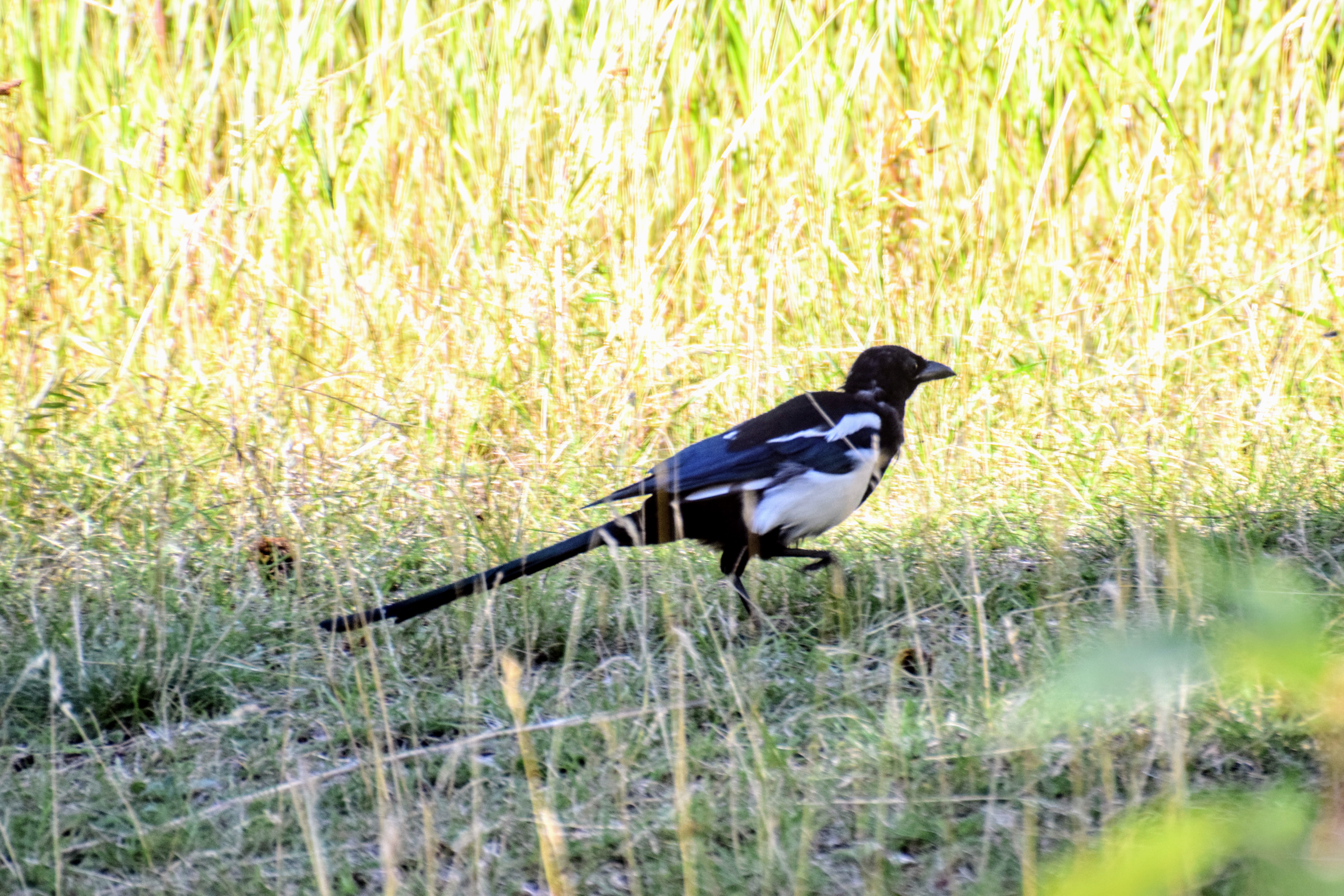
Like in Denver, there are Black-billed Magpies in Canada. This one had some molting going on on its neck.
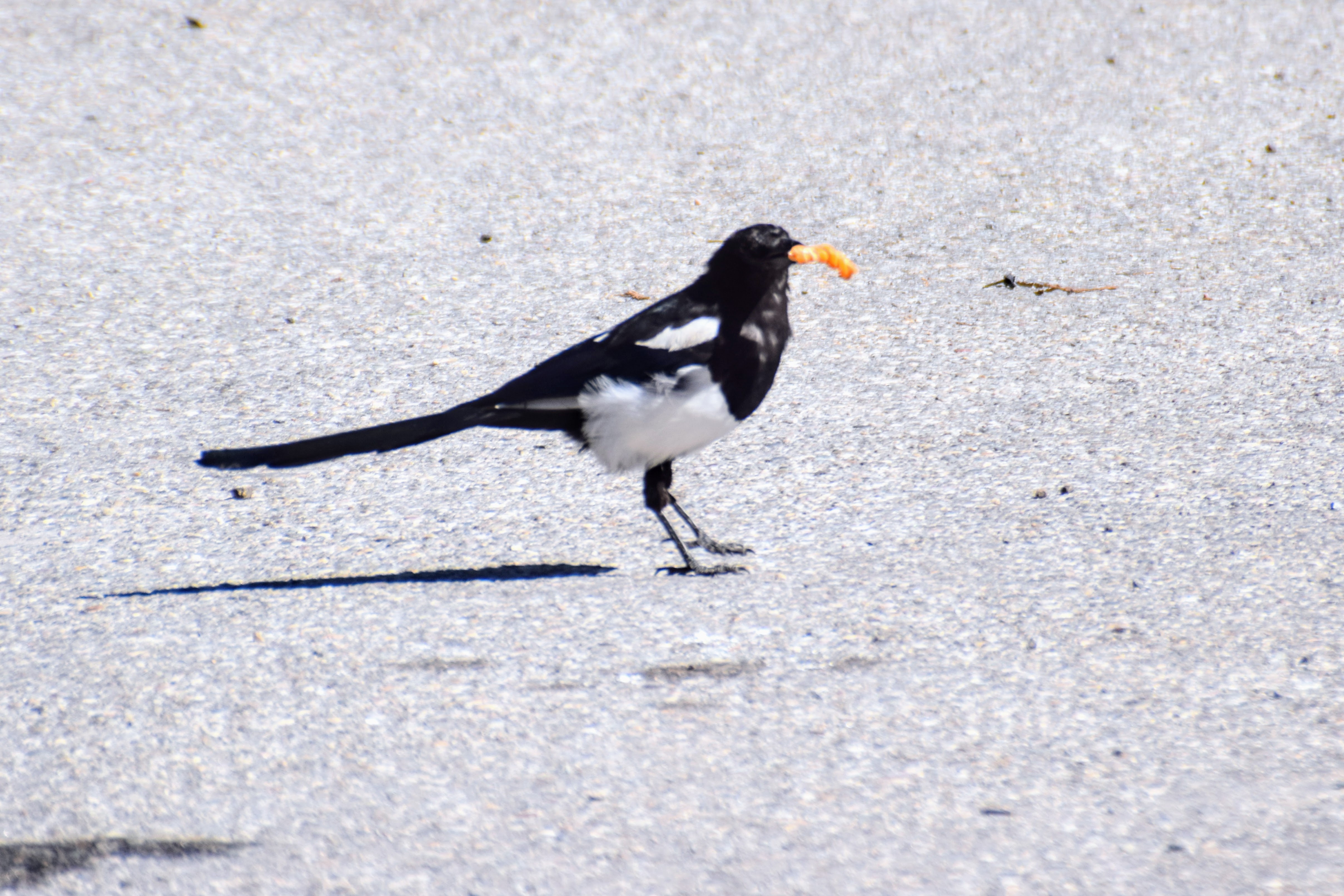
And this one found another cheese puff!
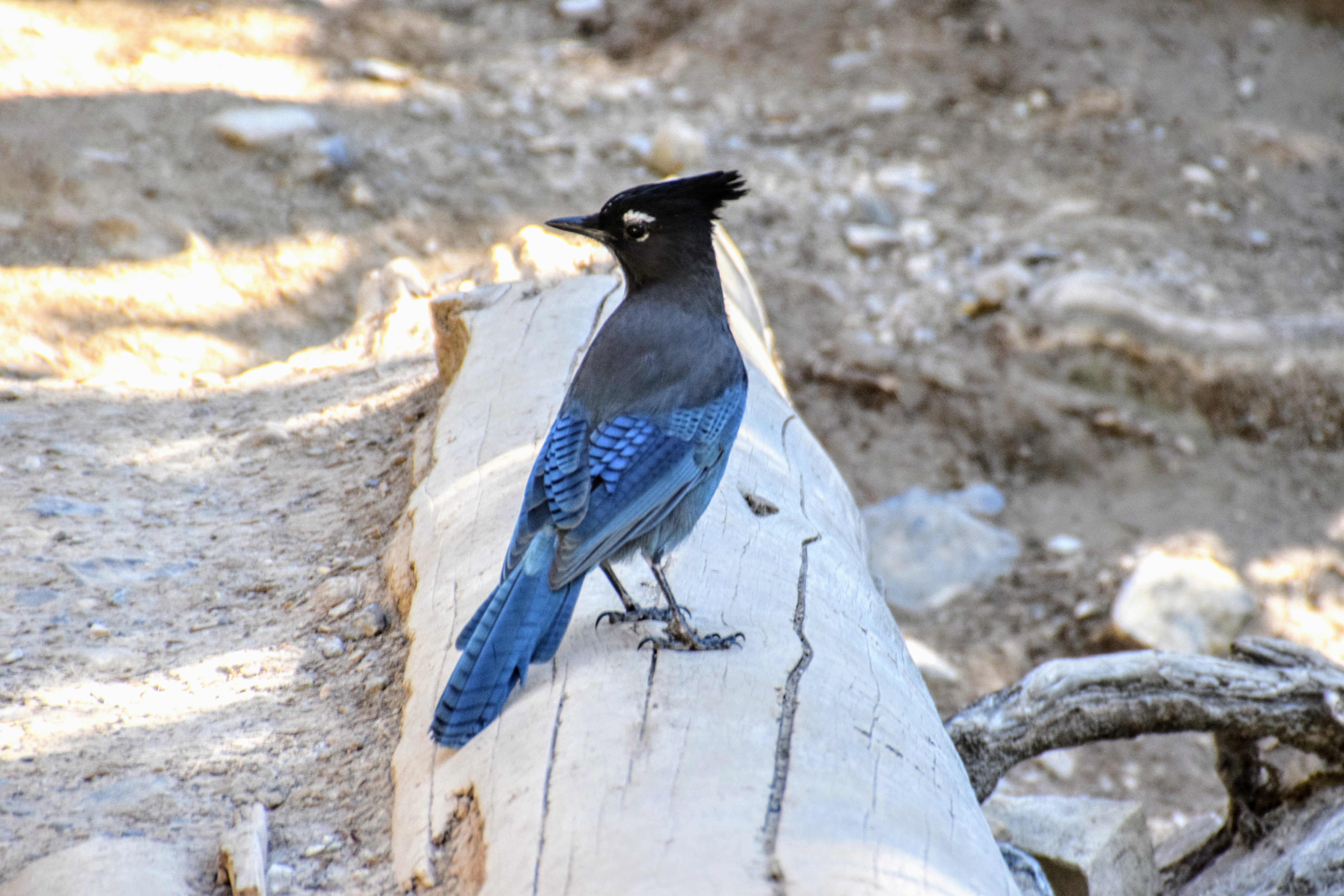
We have Steller’s Jays in California too, but I haven’t seen any with this distinct a white eyebrow before.

I also don’t think I’ve gotten pictures this decent of them before!

A Common Raven.
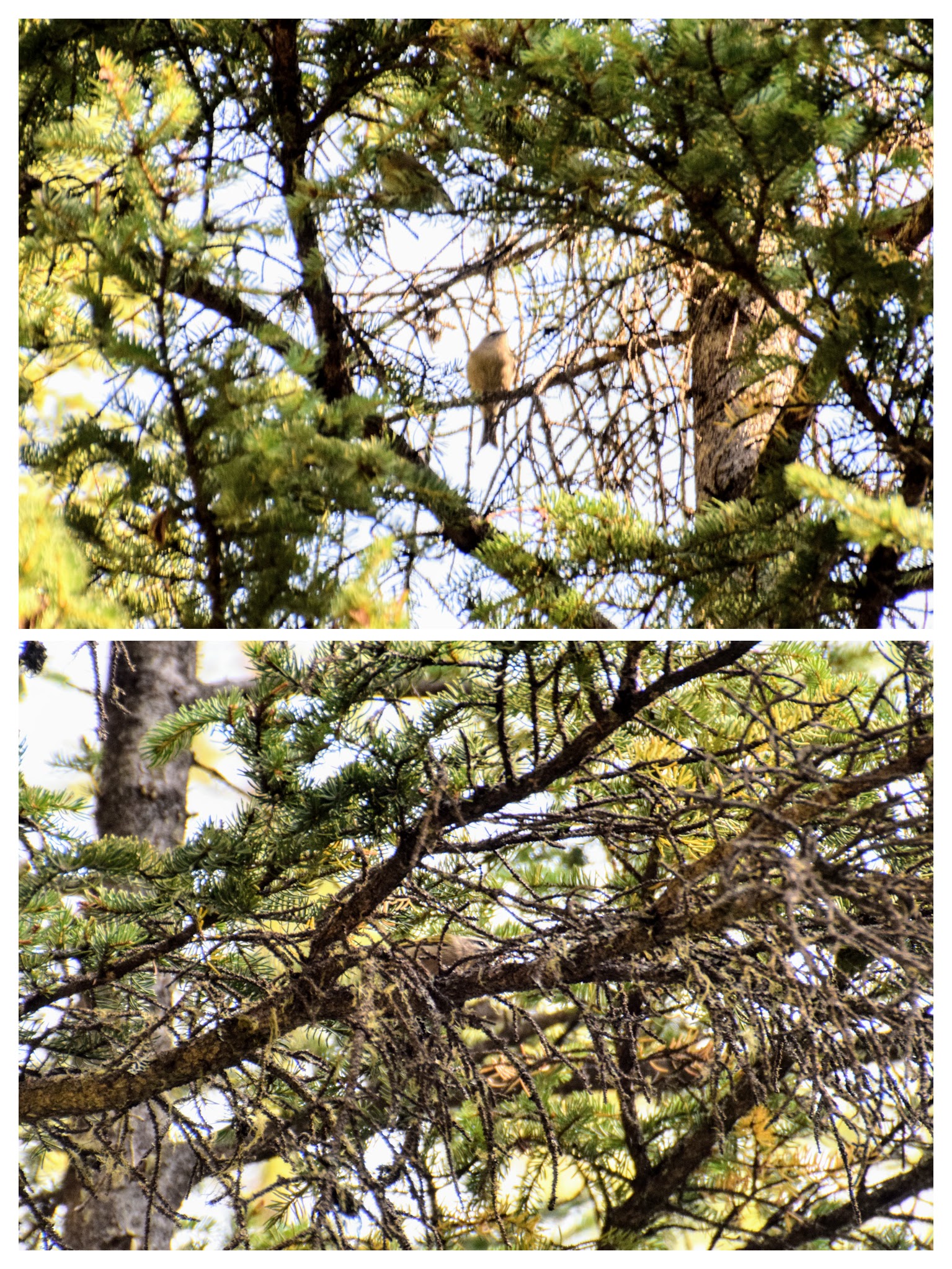
According to the bird people on Reddit, this is a Golden-crowned Kinglet? I only saw one and only from far away and backlit!
Vancouver Birds
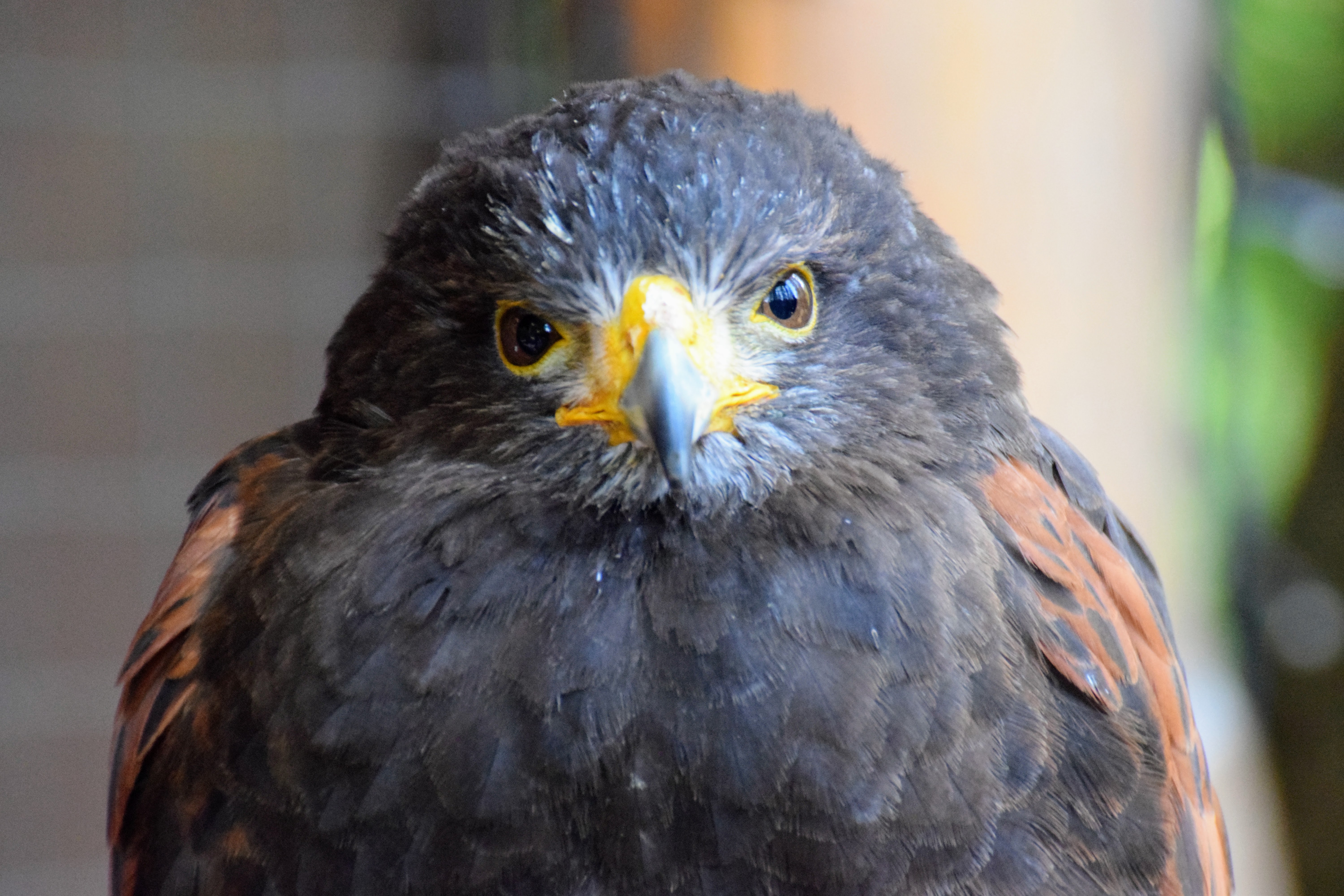
There was a small falconry demo at the Capilano Suspension Bridge. This is a Harris’s Hawk with its neck fully retracted. Cozy!
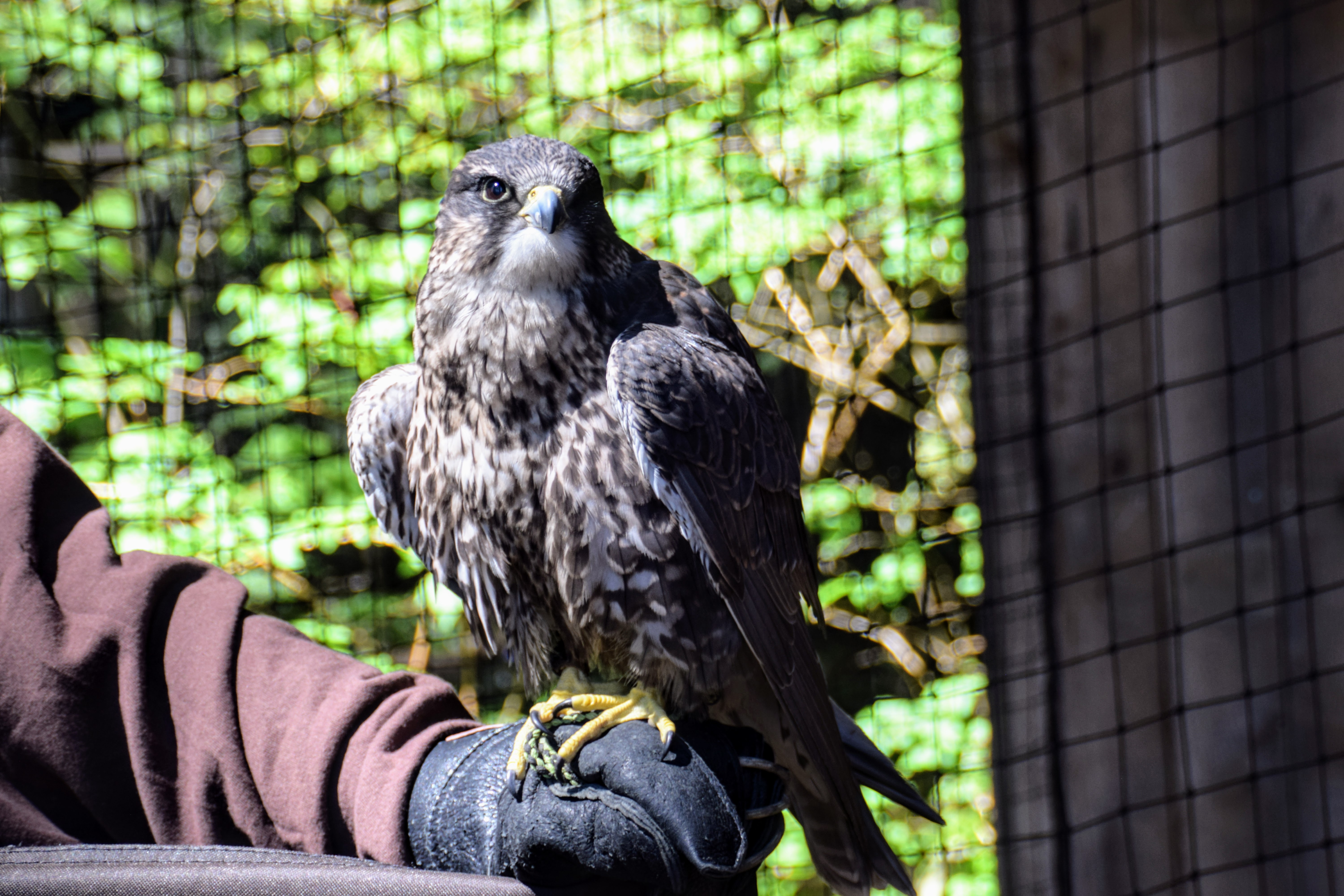
The other bird they had was a Gyrfalcon. Falcons and hawks are in totally different bird families, with falcons more closely related to songbirds than to hawks. The power of convergent evolution!

In California, we only have Double-crested Cormorants, but in Canada they have both those and Pelagic Cormorants, which lack the orange throat patch. Otherwise, they’re very similar.
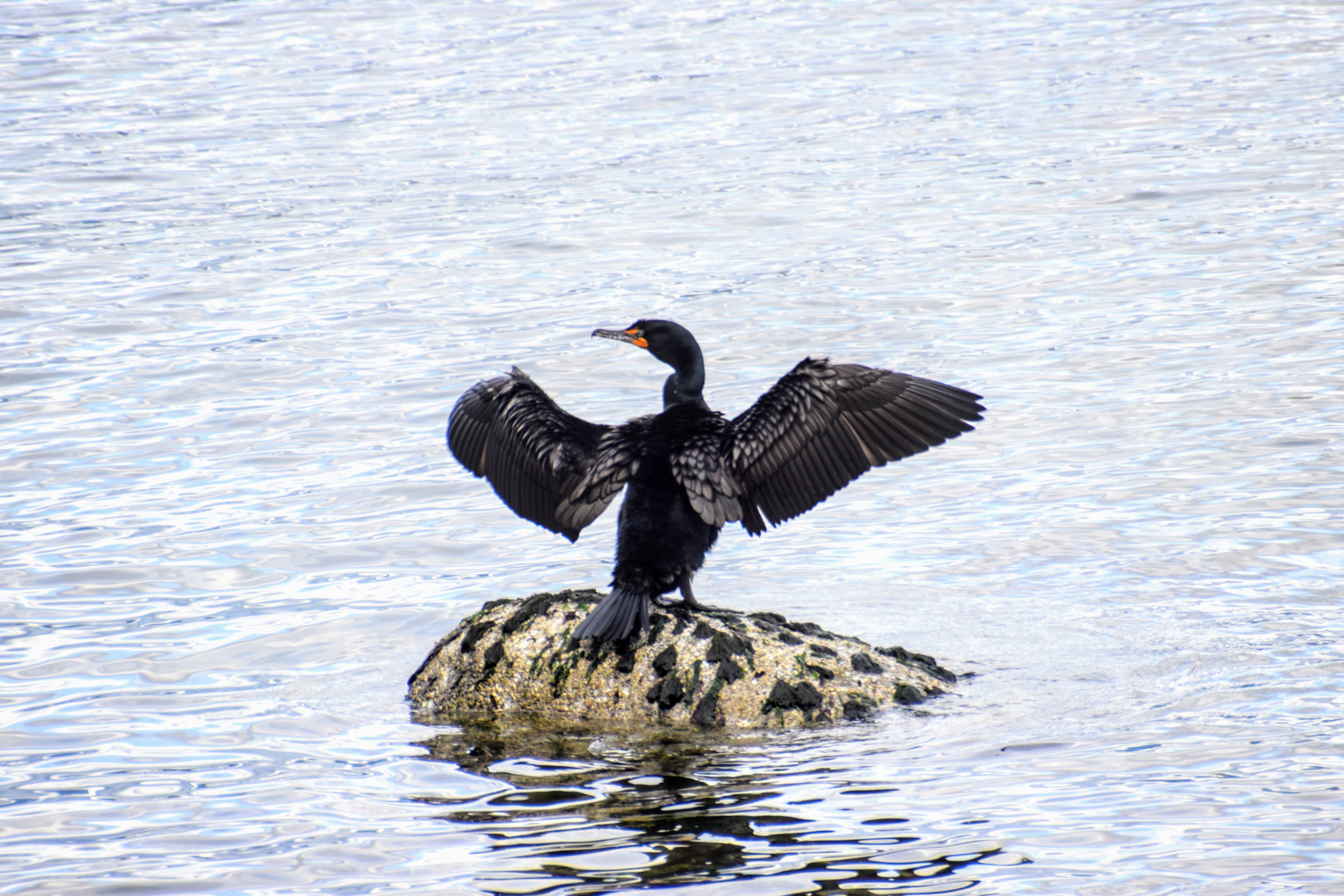
This is a Double-crested Cormorant drying its wings in a horaltic pose.

This is a flock of Black Oystercatchers, a type of shorebird that digs up large invertebrates from the mud using its powerful beak. Unfortunately, my camera was confused what to focus on…
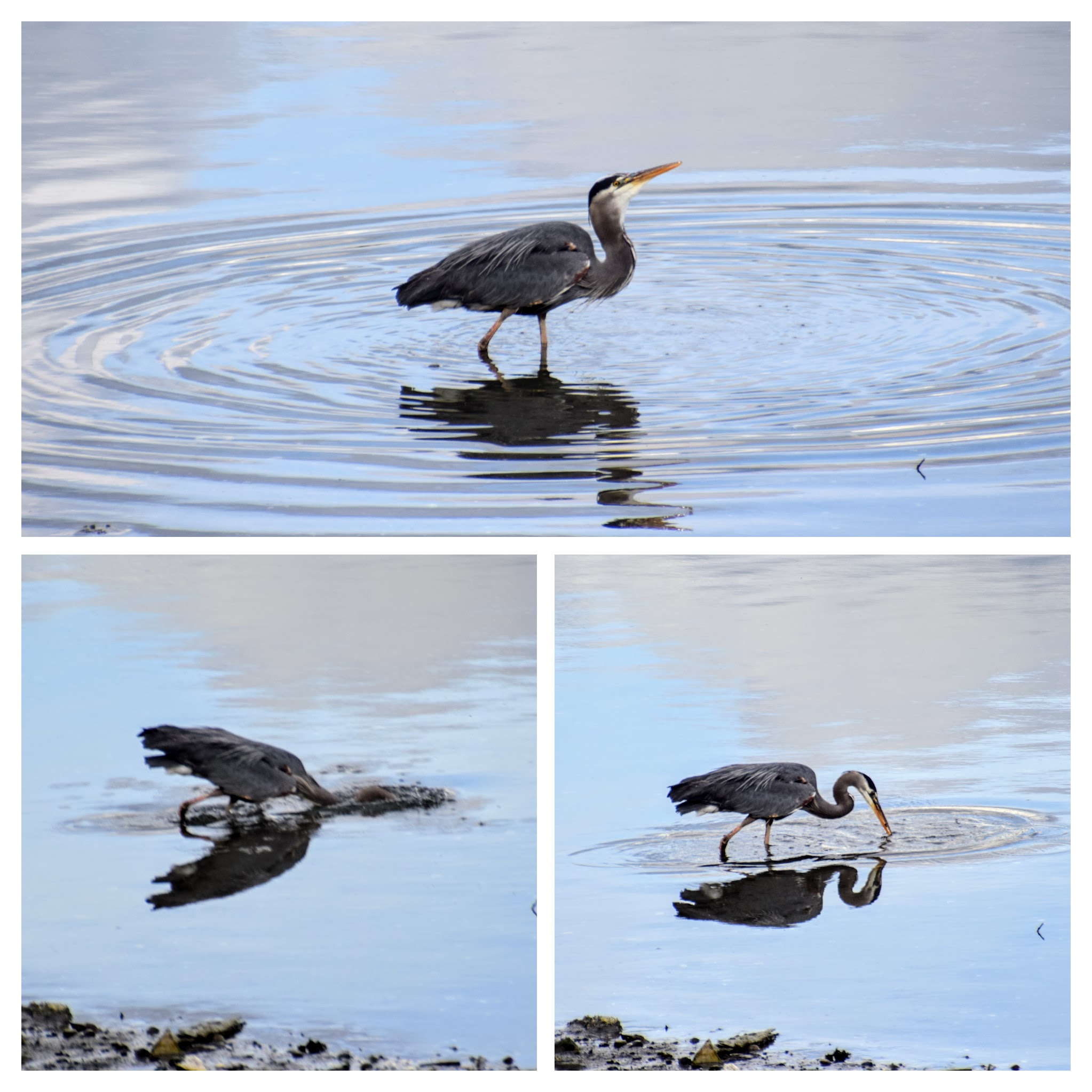
We have Great Blue Herons in California too, but I don’t think I’ve captured quite as good an action sequence before.
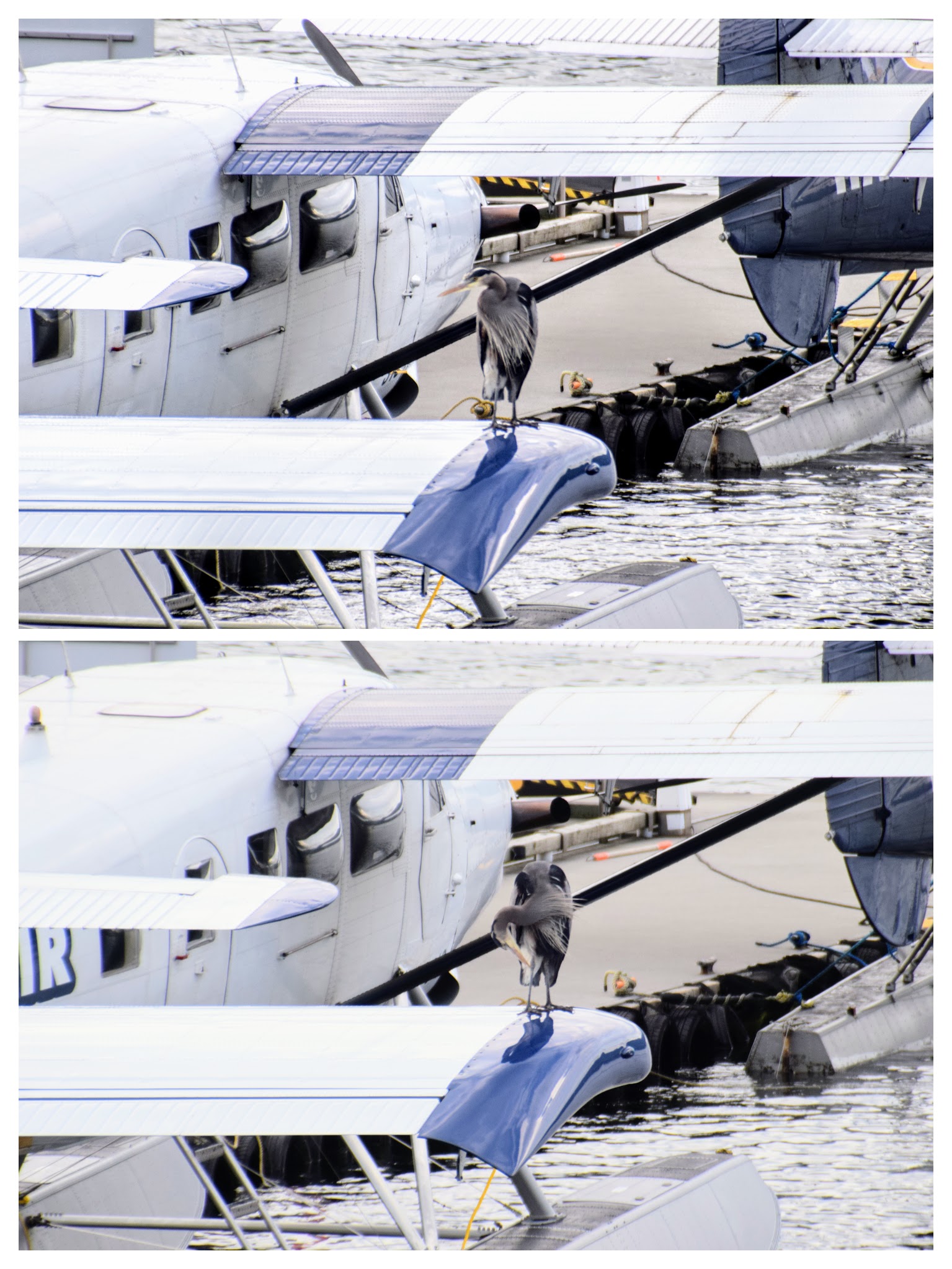
This one was sitting on a seaplane in the harbor.
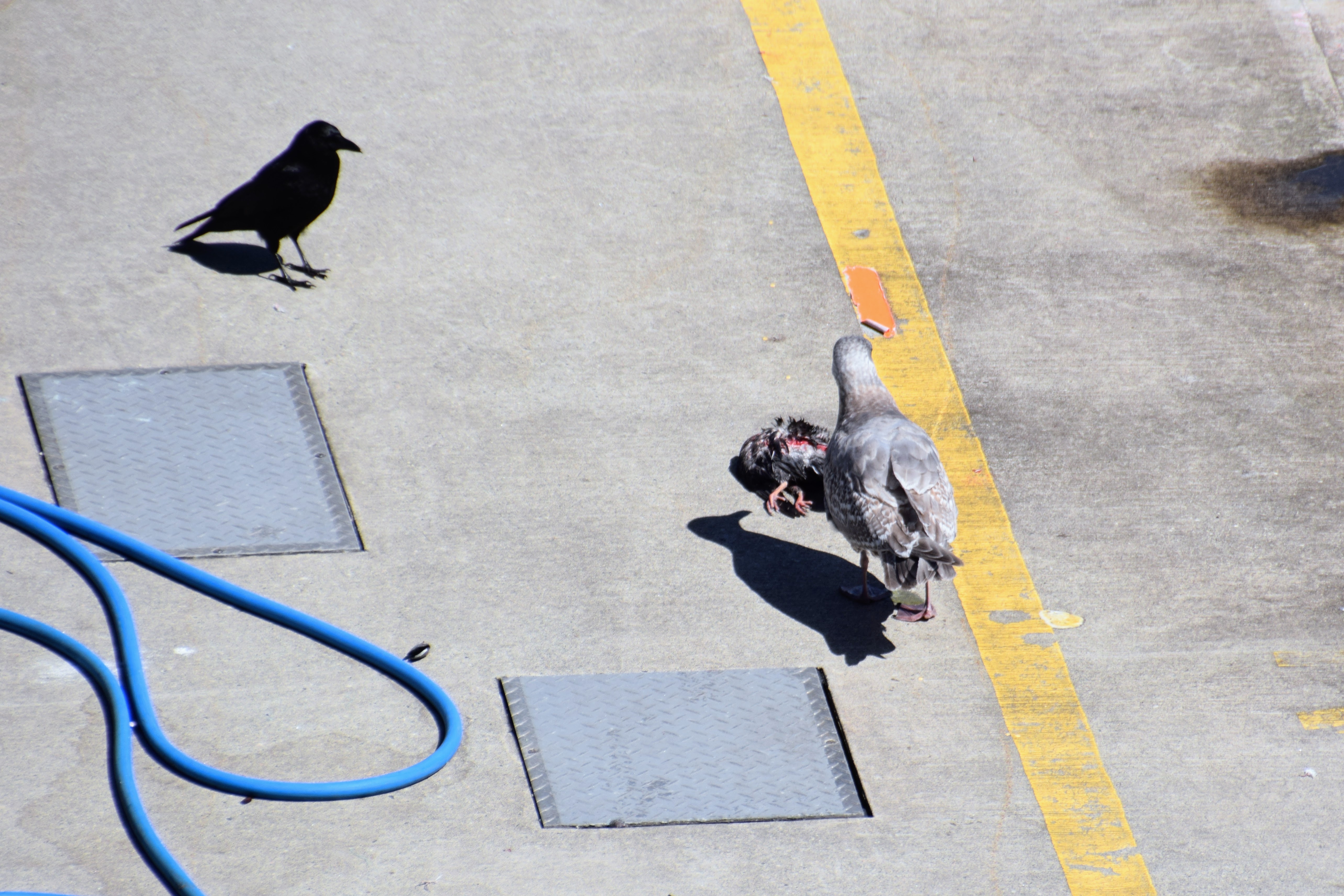
This American Crow was eating a dead pigeon when this juvenile Glaucous-winged Gull showed up and took over.
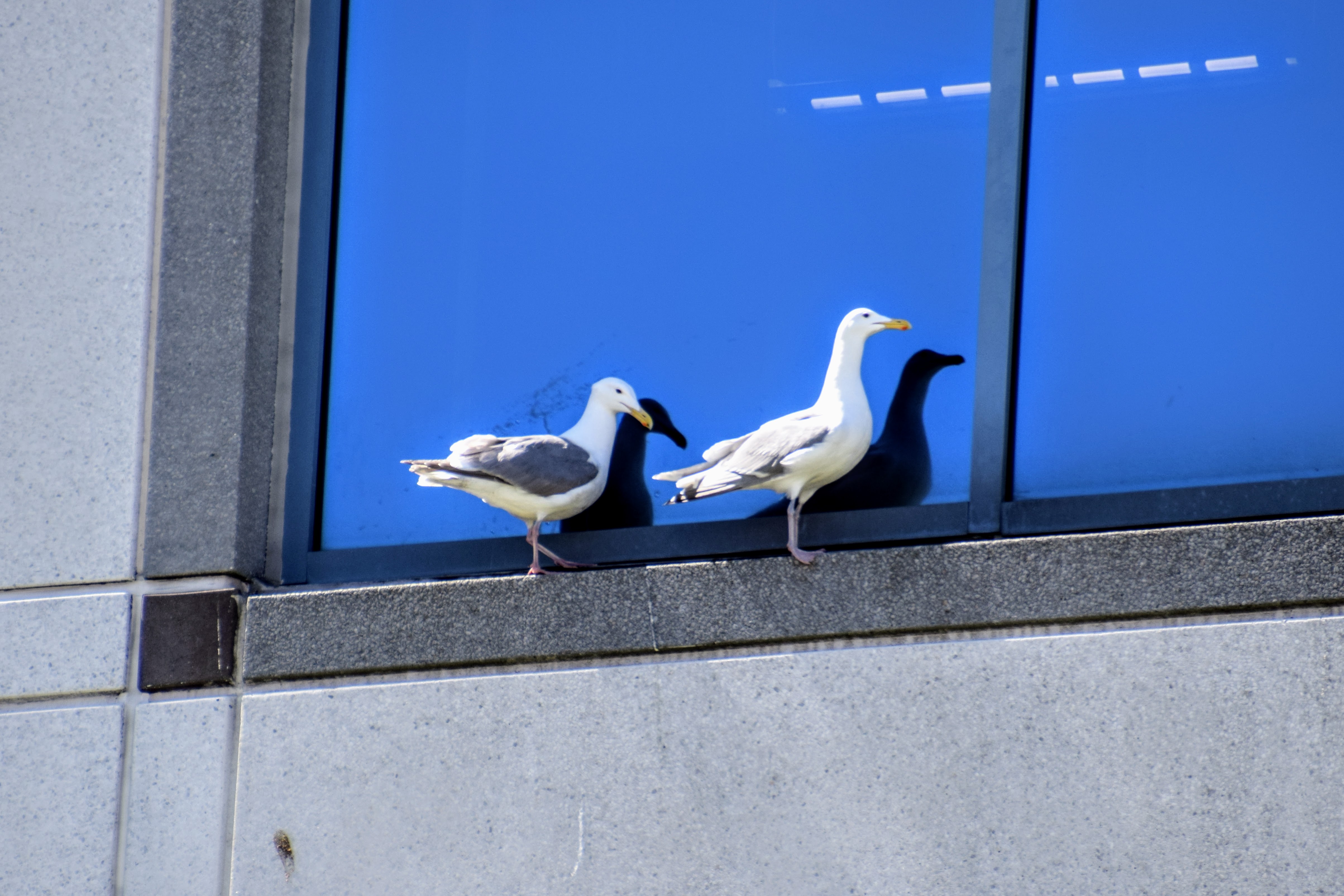
Here are a couple adult Glaucous-winged Gulls. Everywhere in the world you go, the gulls look almost the same, but they’re usually different local species.
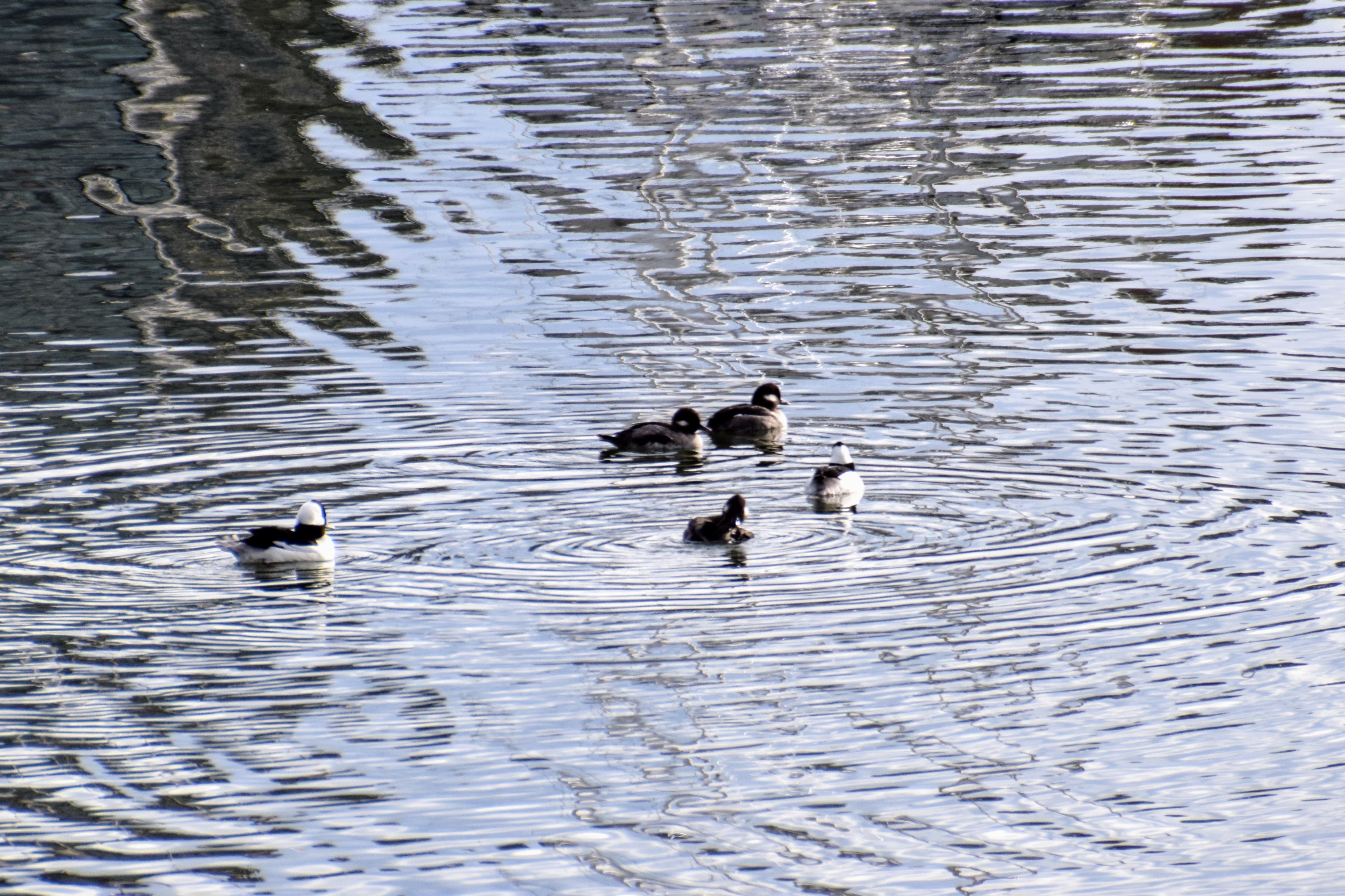
These funny ducks are male and female Buffleheads. The males are the ones with the…buffle.
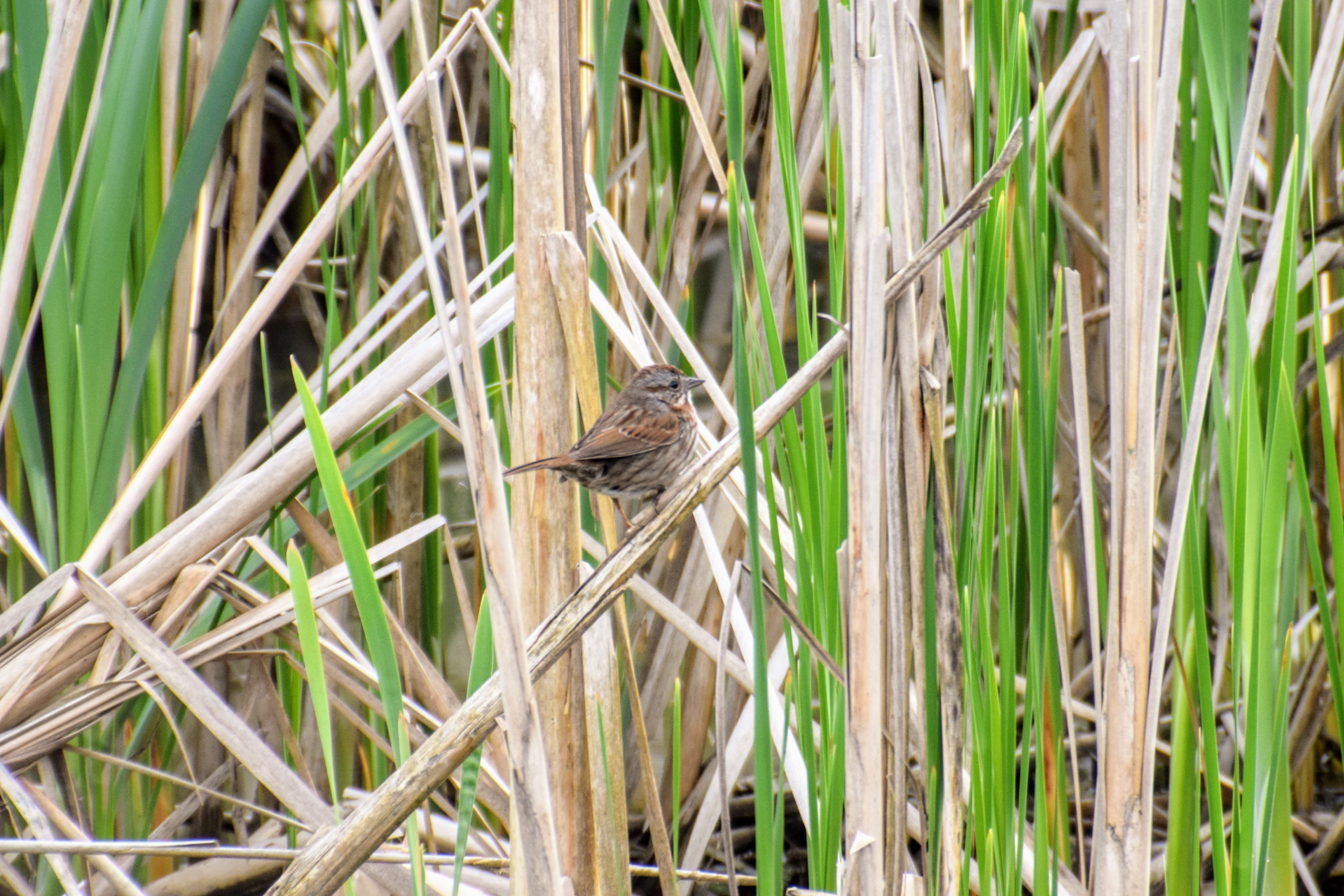
A Song Sparrow. Not a House Sparrow for a change!
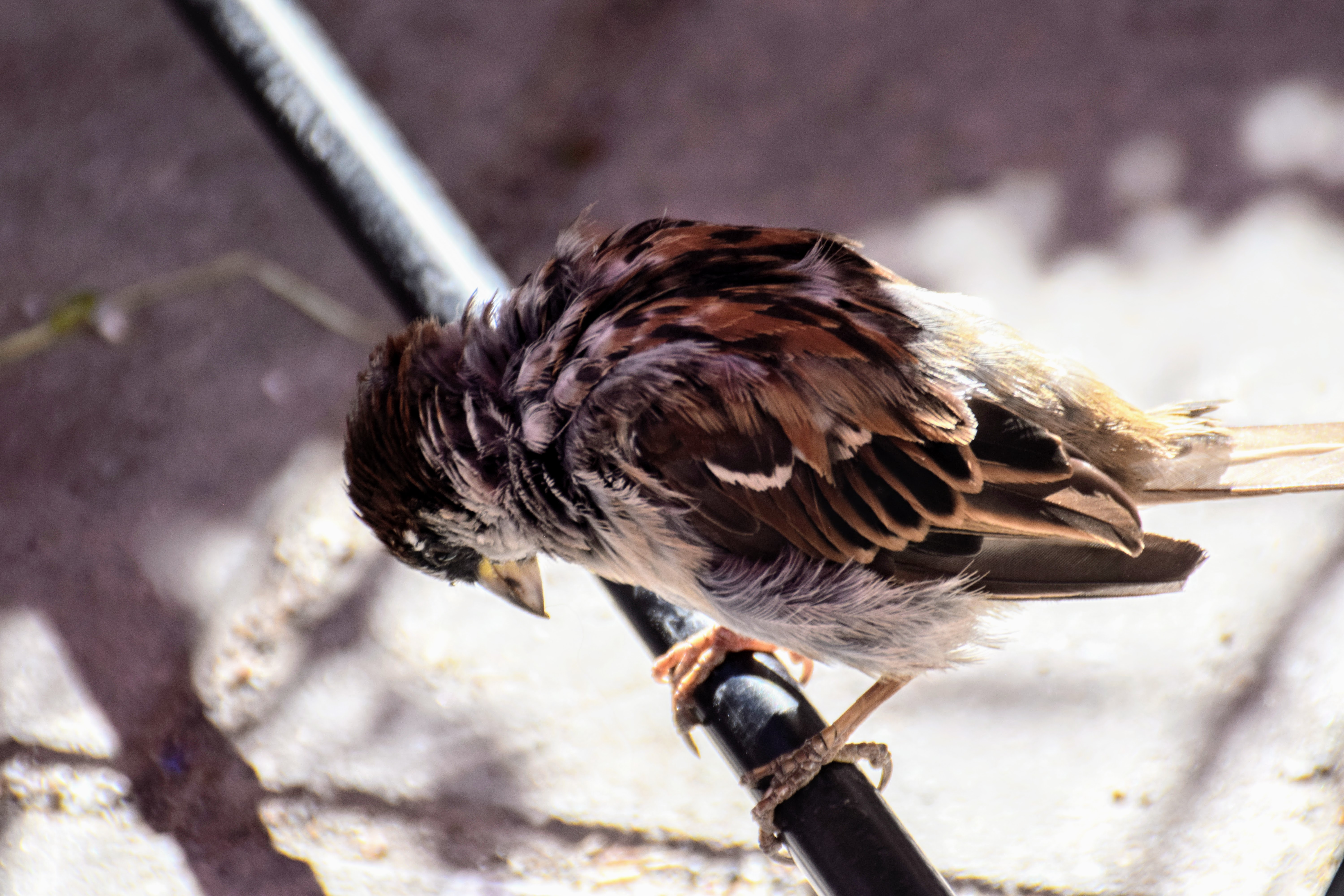
Okay, here’s the obligatory photogenic House Sparrow. They have those too.
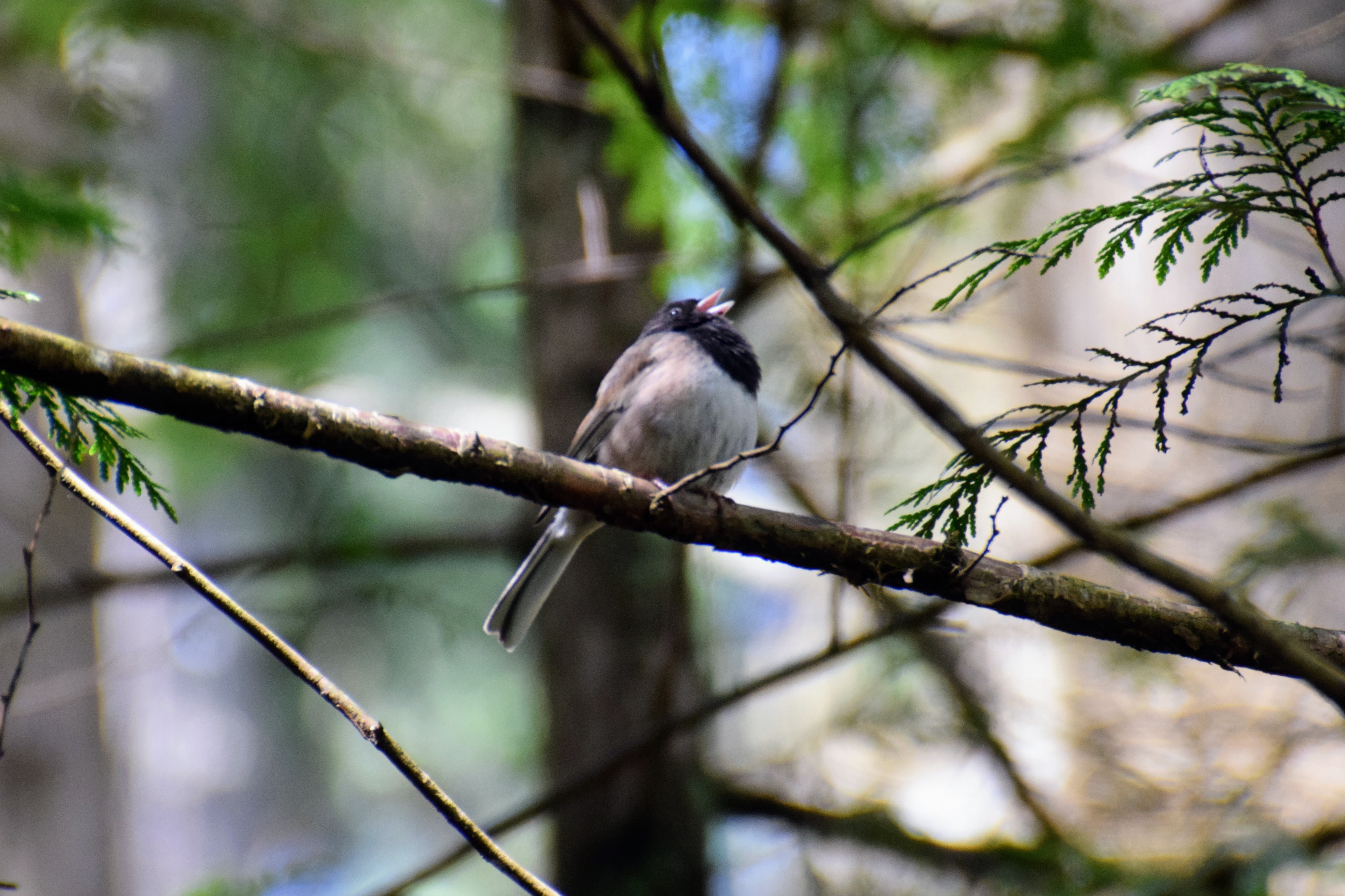
This Dark-eyed Junco (also known as Snow Sparrow) was singing its heart out. Too bad its song is just like a car alarm.
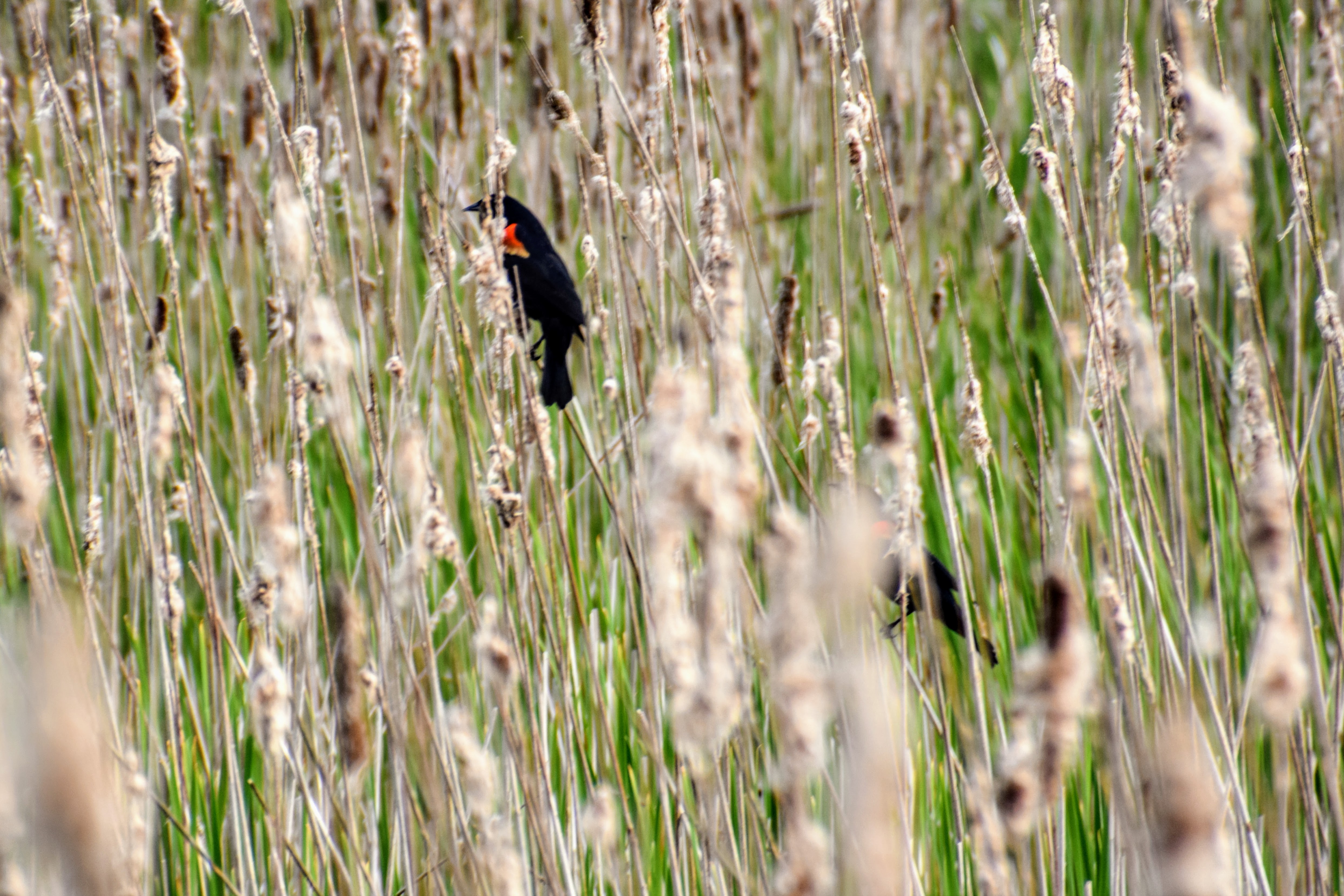
Some Red-winged Blackbirds among reeds.
Non-birds

This tiny creature was hanging out on the side of a hiking trail. I think it’s a vole?
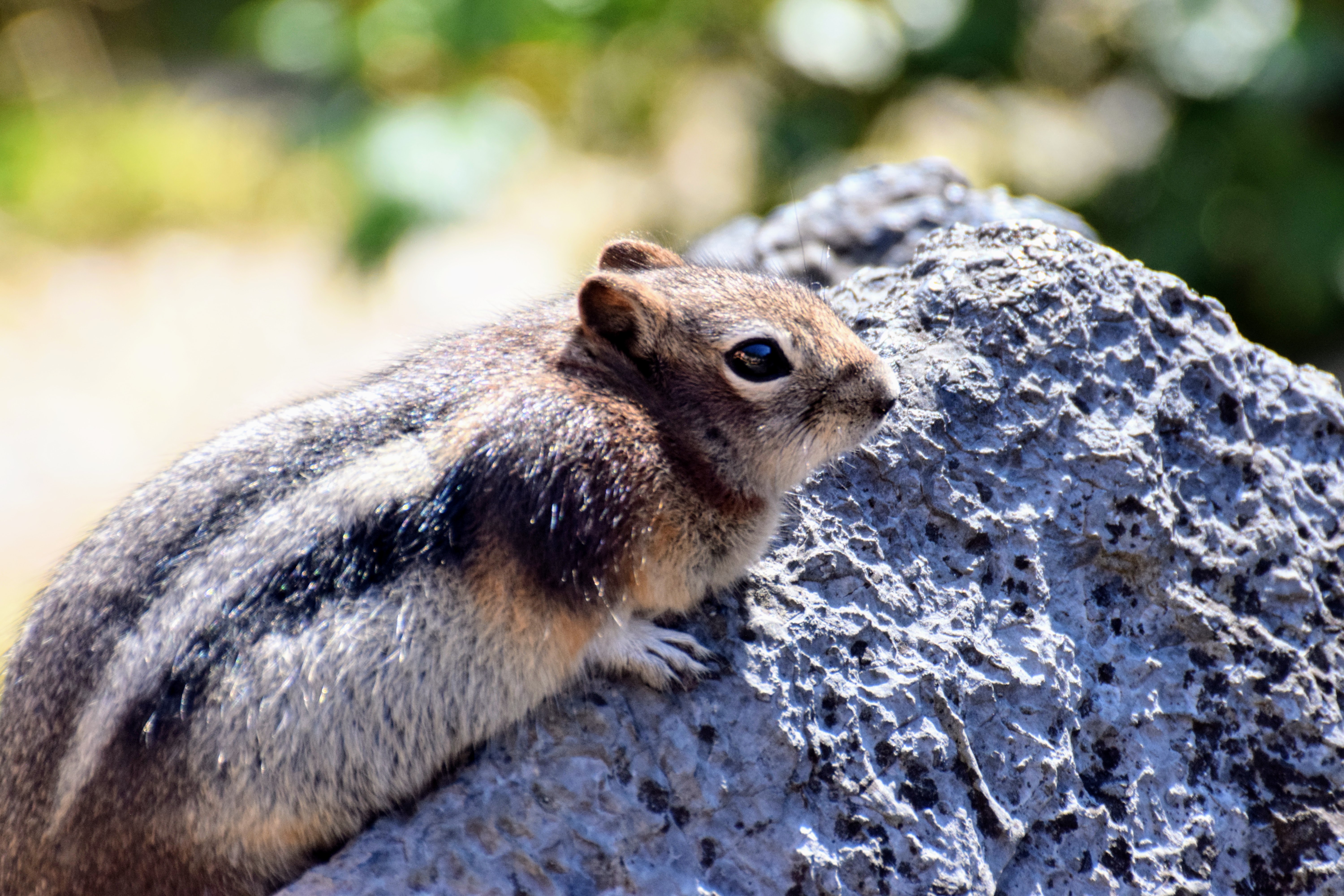
A chipmunk?

Some honeybees going about their business.
Others
Here are some other photos that weren’t part of a set large enough to make a blog post, but I thought were cool anyway.

A Prairie Warbler seen in Florida in December. Warblers are so hard to take photos of and to identify! Why are they always yellow?
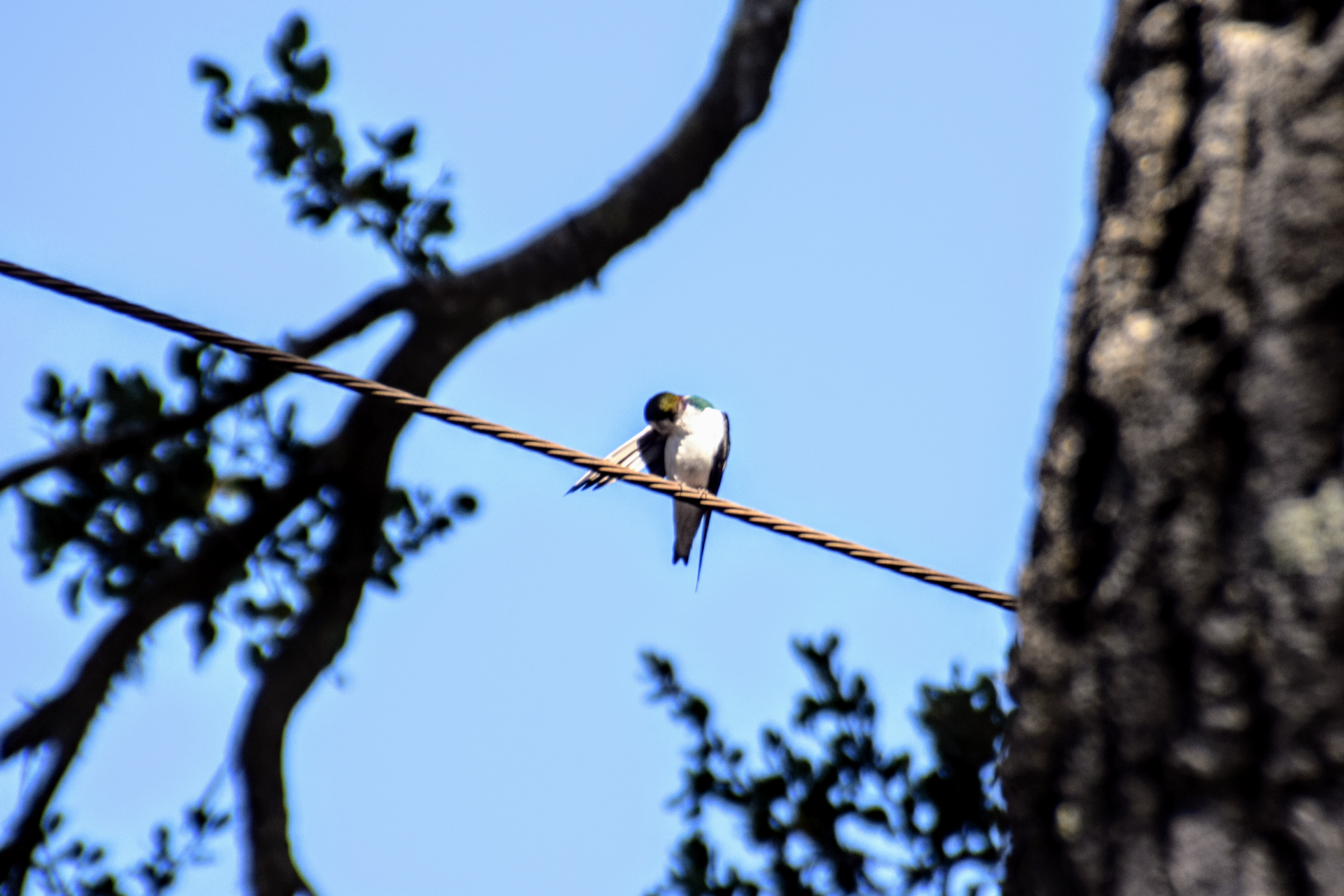
I’ve gotten pictures of Tree Swallows in flight before, but never seen one at rest. This one was in California.

Similarly, here’s a Barn Swallow spotted in Washington, DC. These are usually either in flight or inside their mud nests.
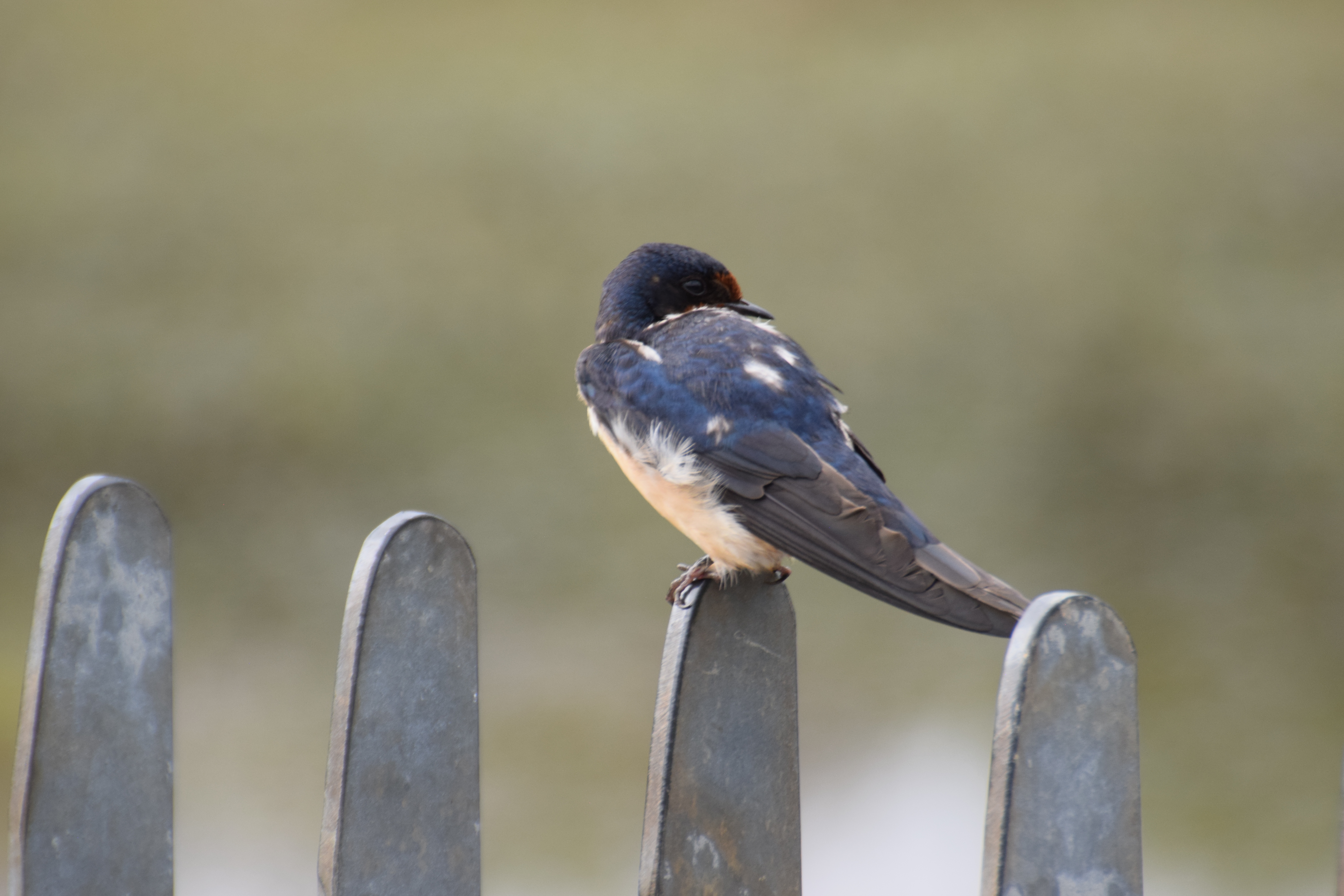
Swallows and swifts are very boat-shaped for optimal aerodynamics!
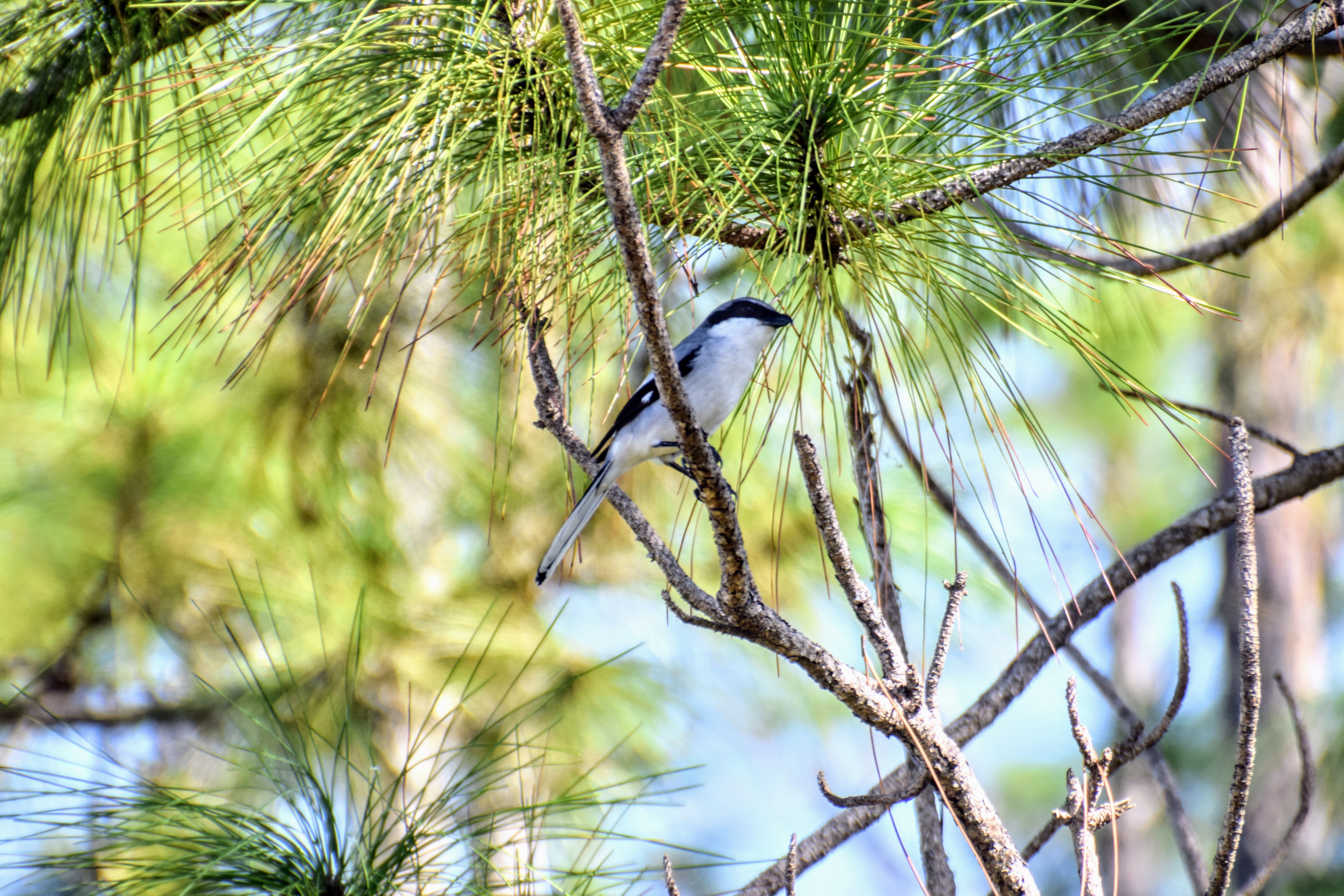
A Loggerhead Shrike, a small crow relative, seen in Florida. I’ve gotten photos of them before, but this is the closest I’ve been to one.
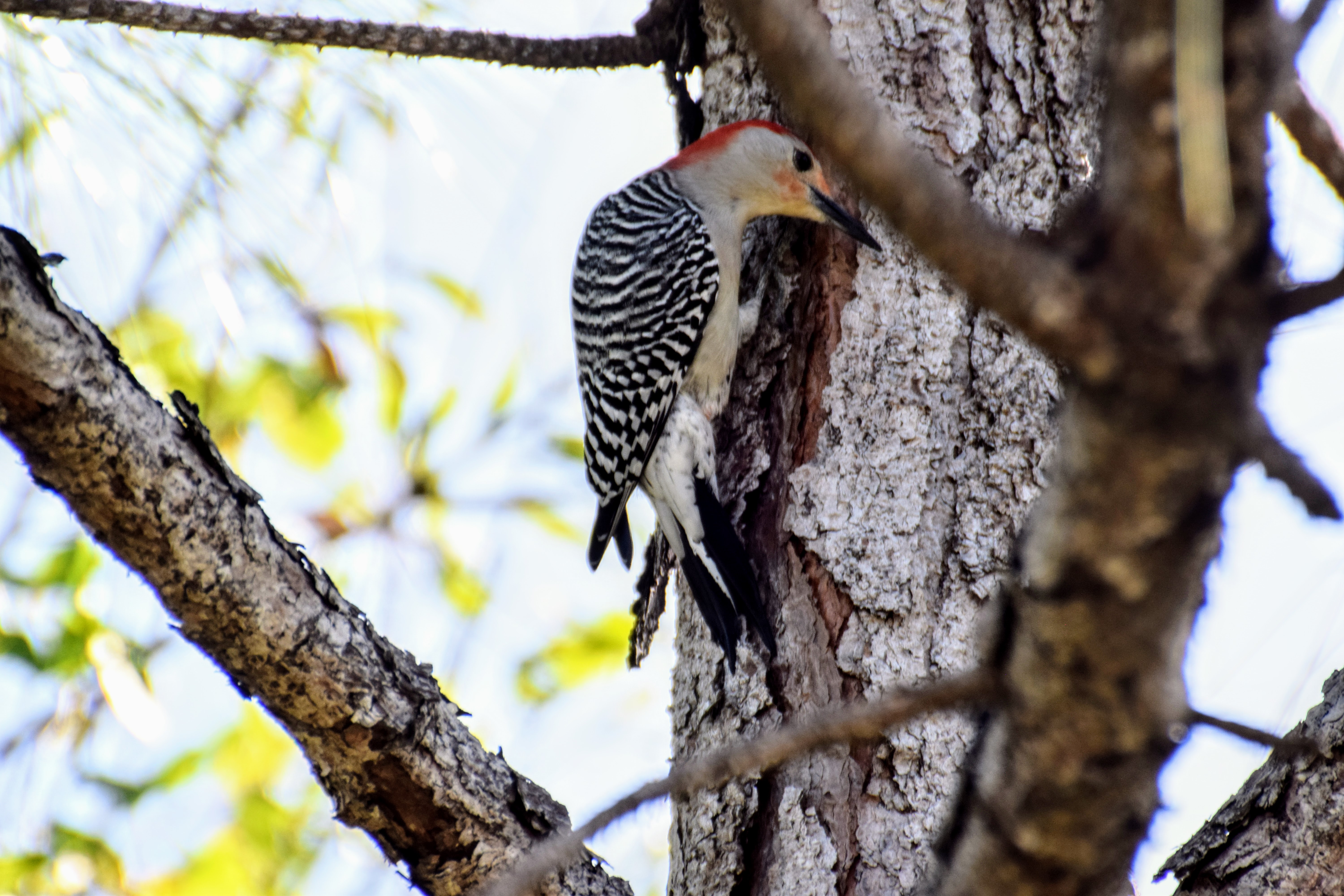
A Red-bellied Woodpecker seen in Florida. What red belly, you ask? Good question. But Red-headed Woodpecker was already taken.

This Osprey has caught another bird! So much for being a fish specialist!
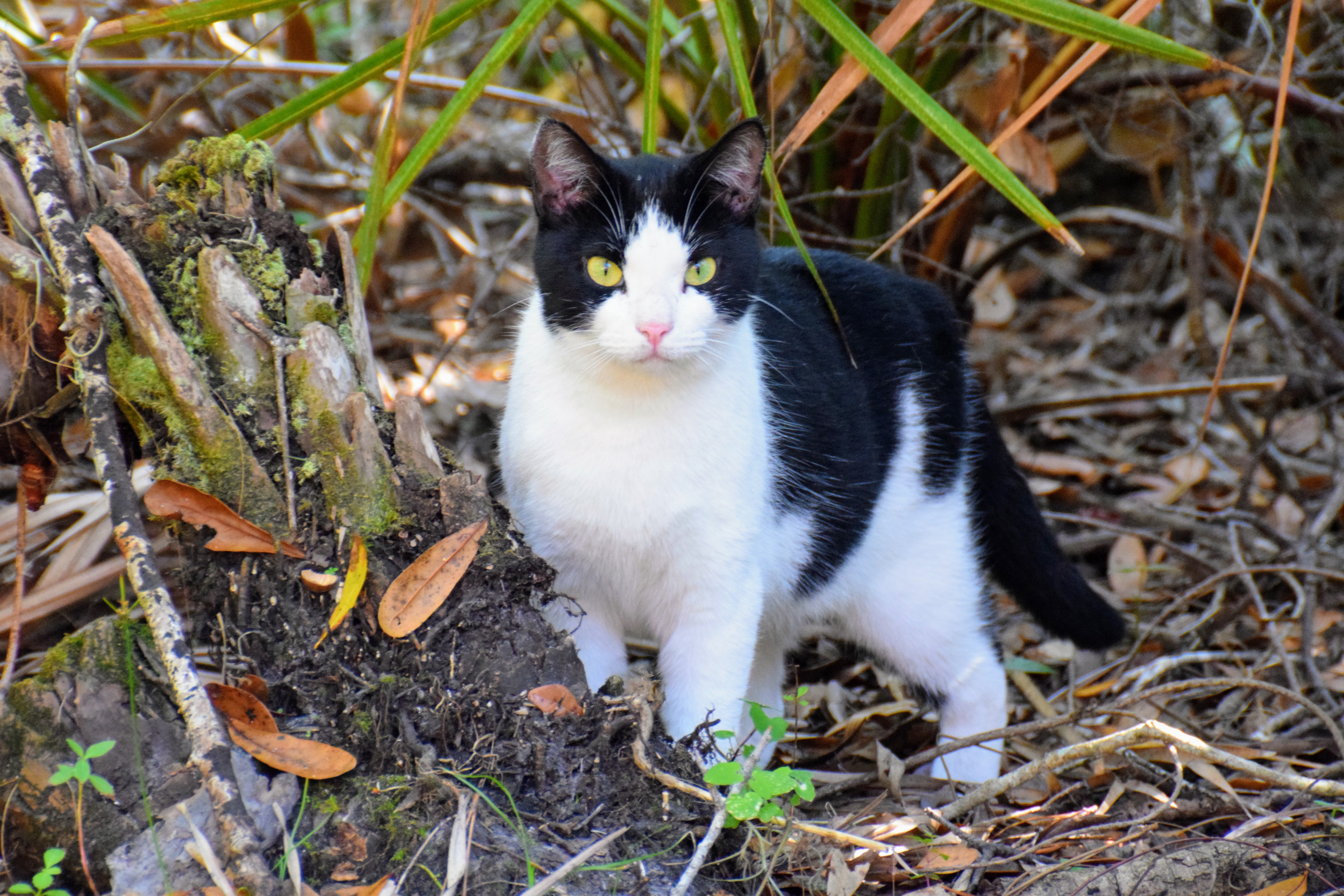
A very photogenic cat, seen in Florida.
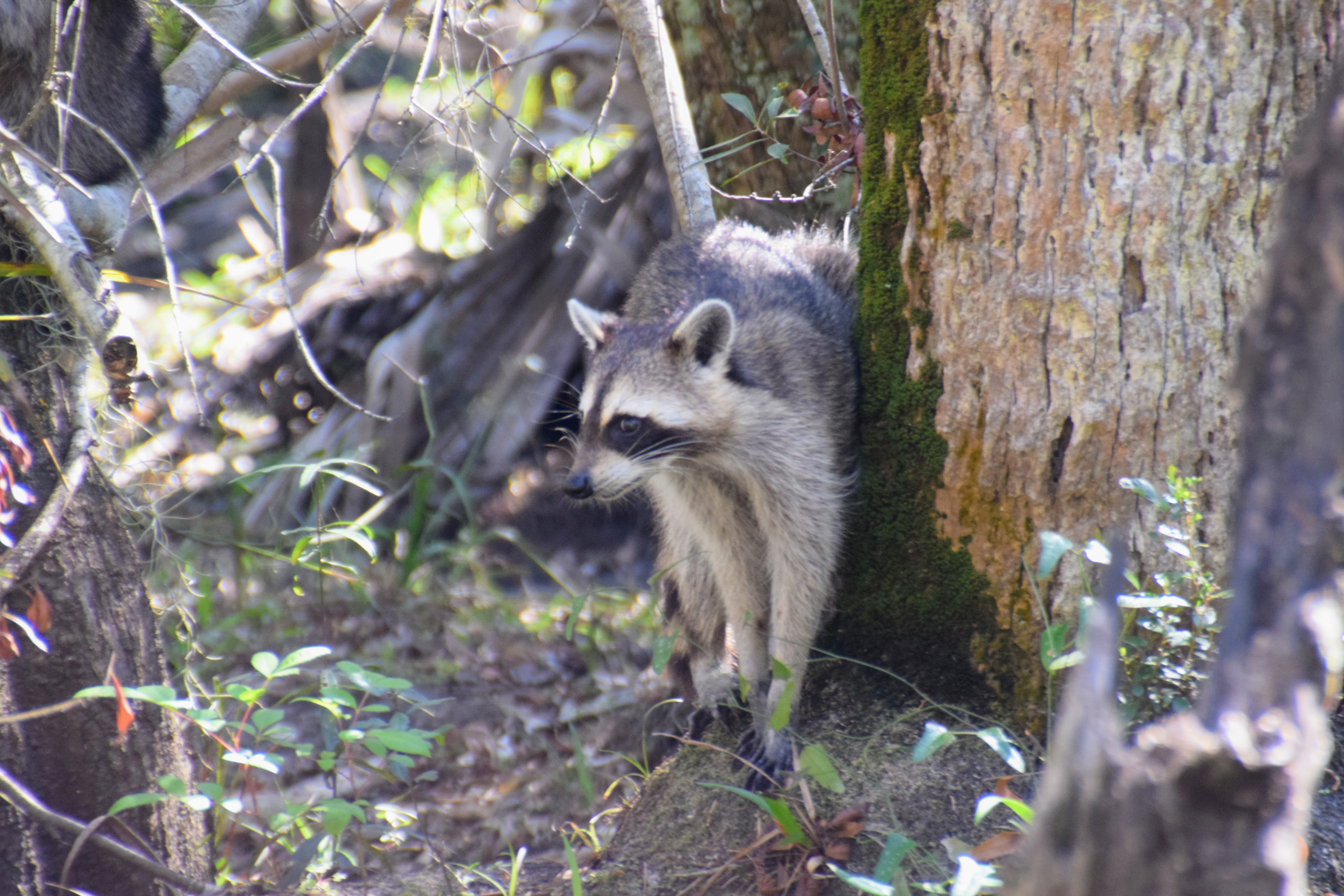
A rare daytime sighting of a raccoon, also in Florida.
